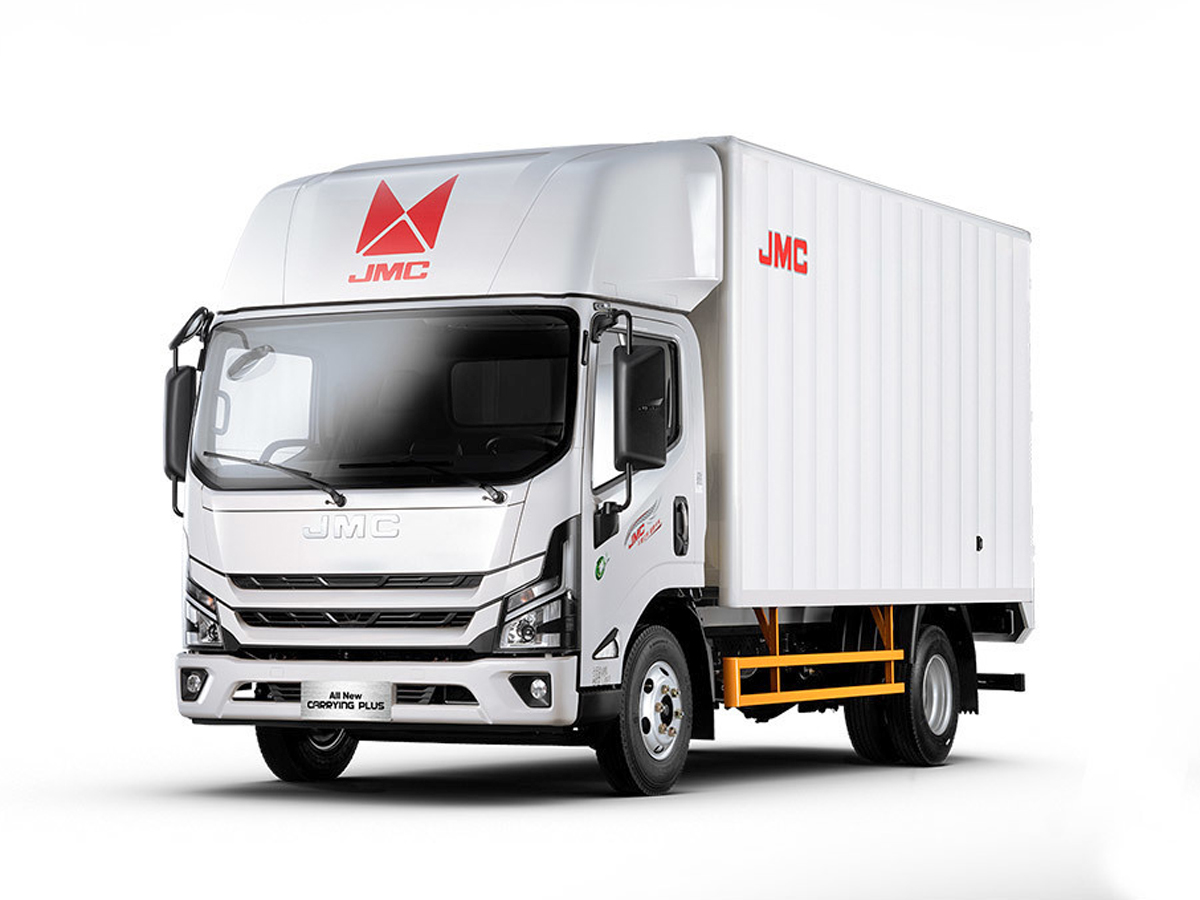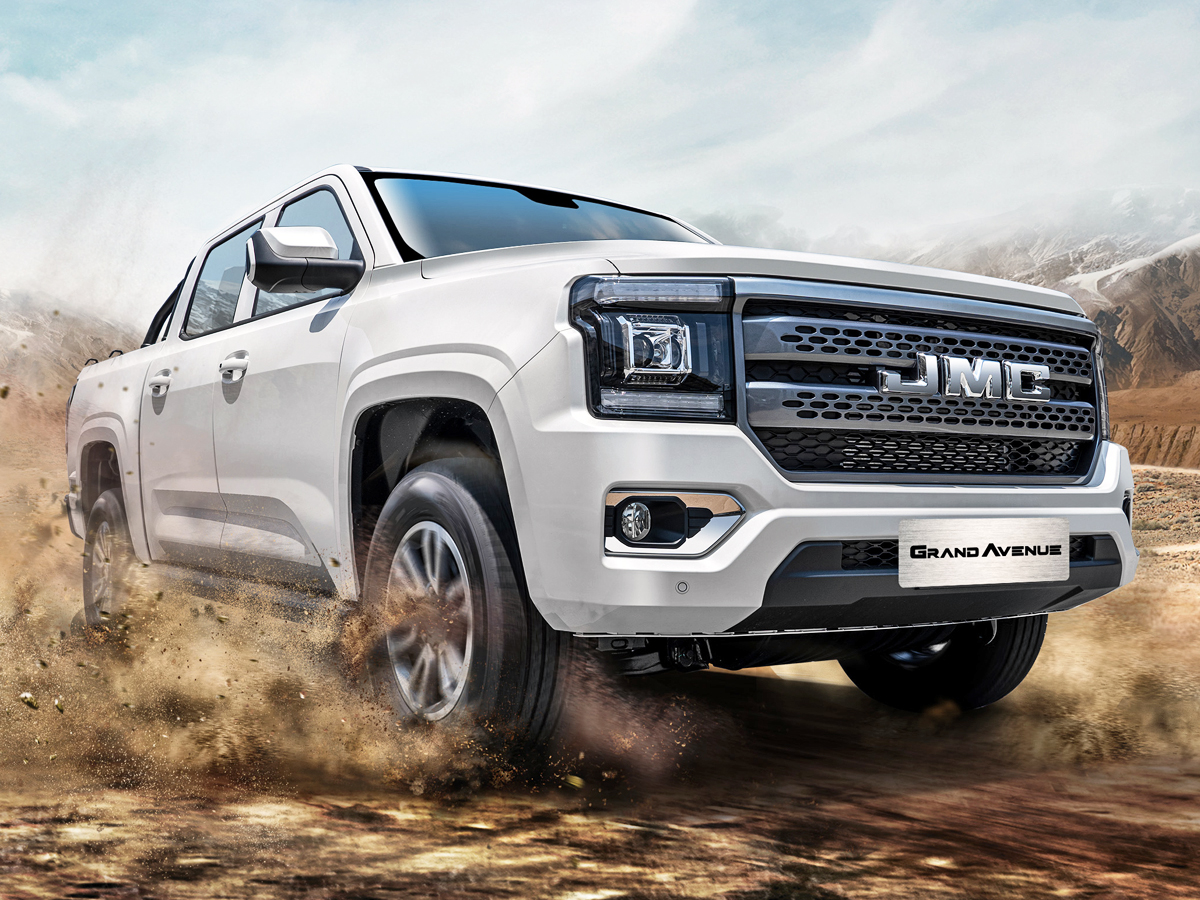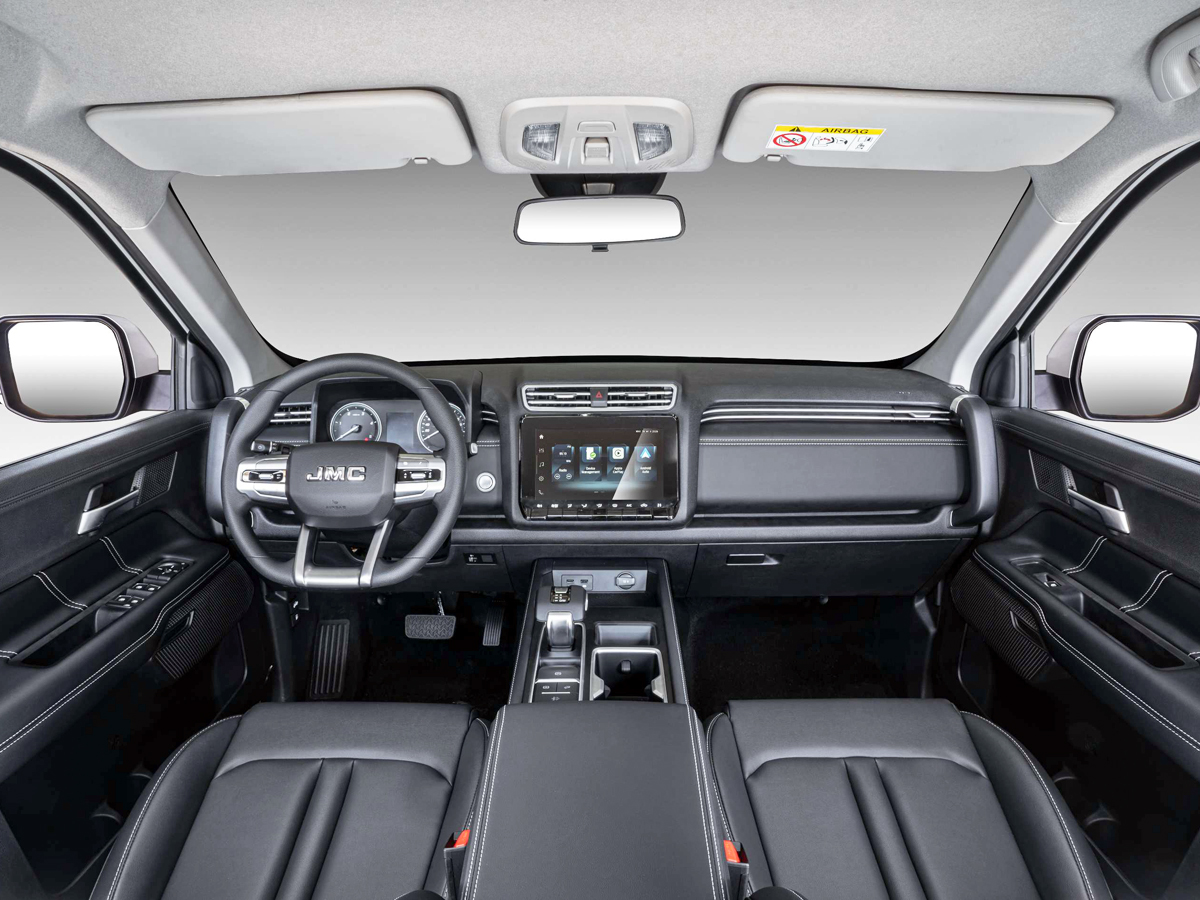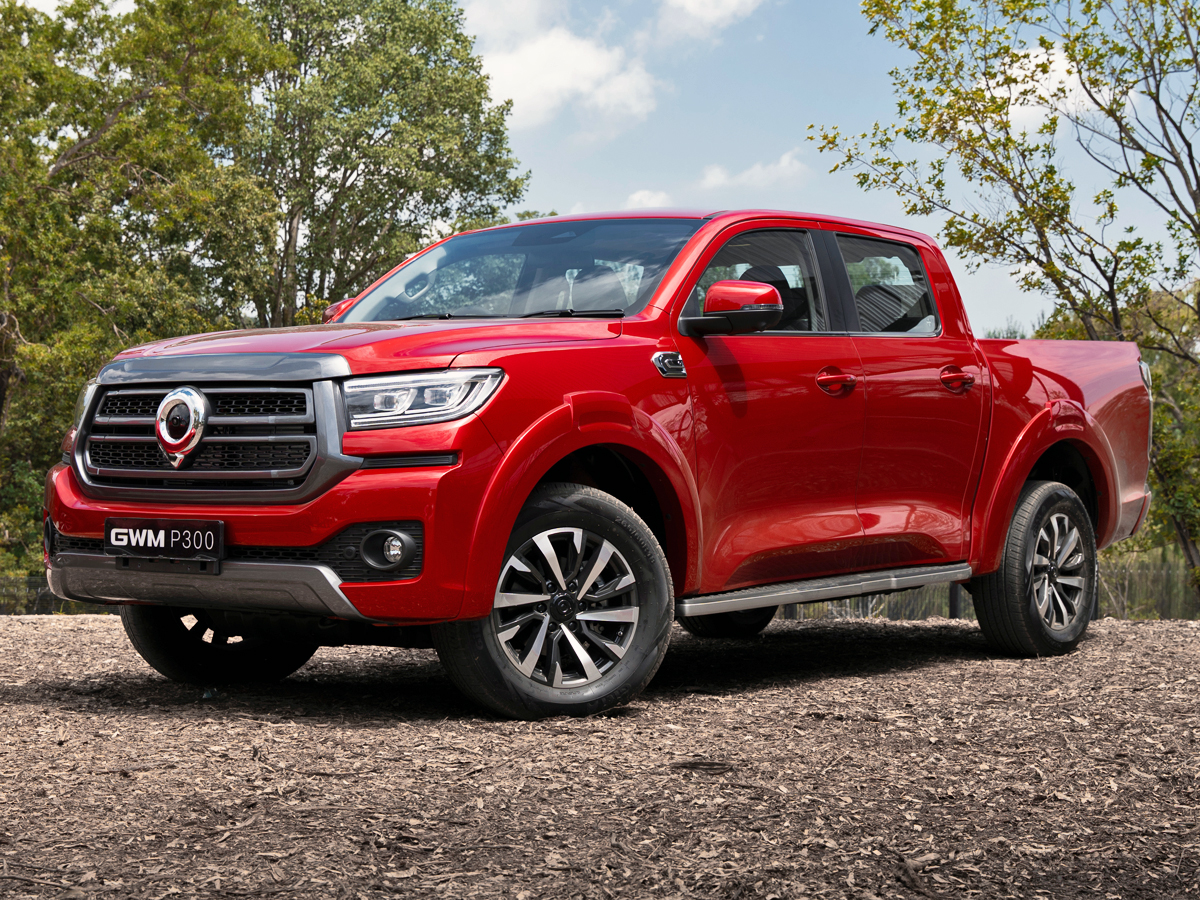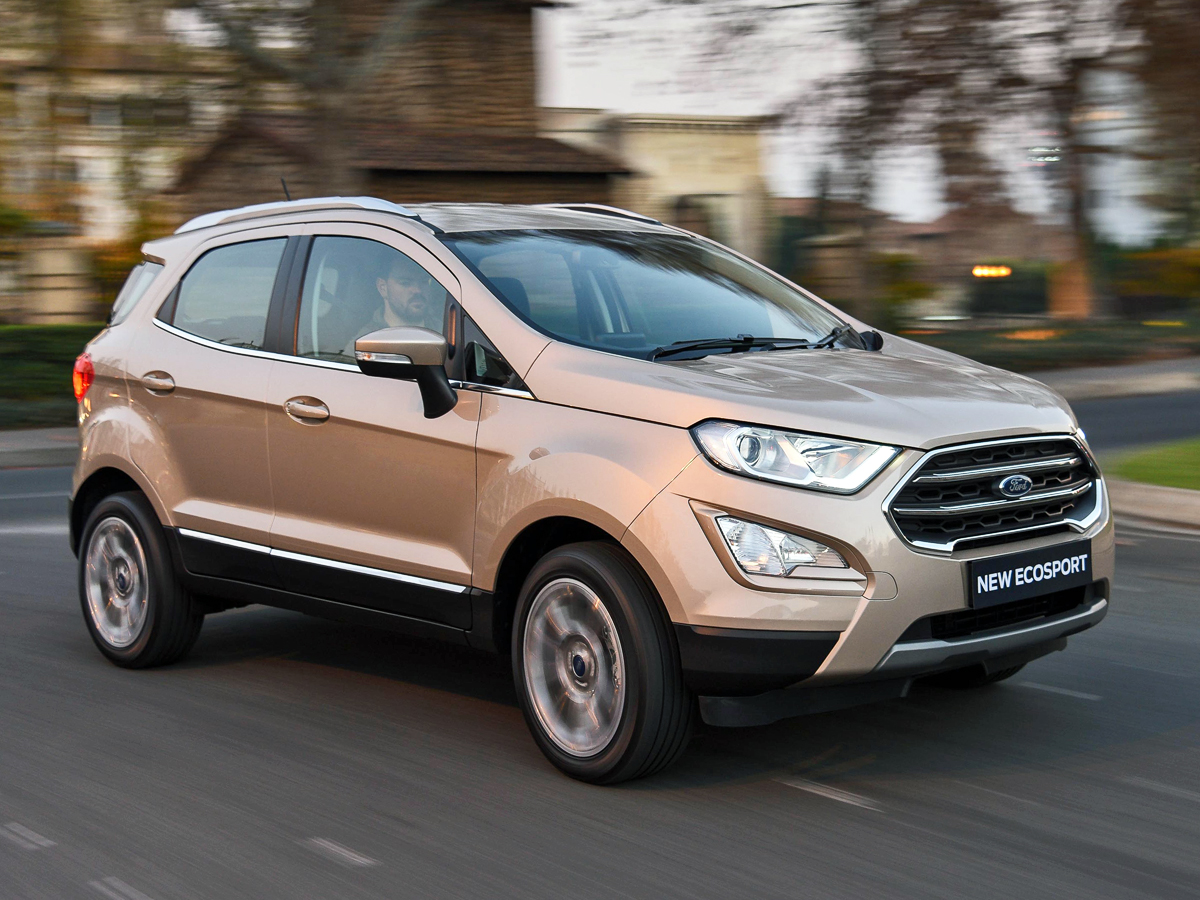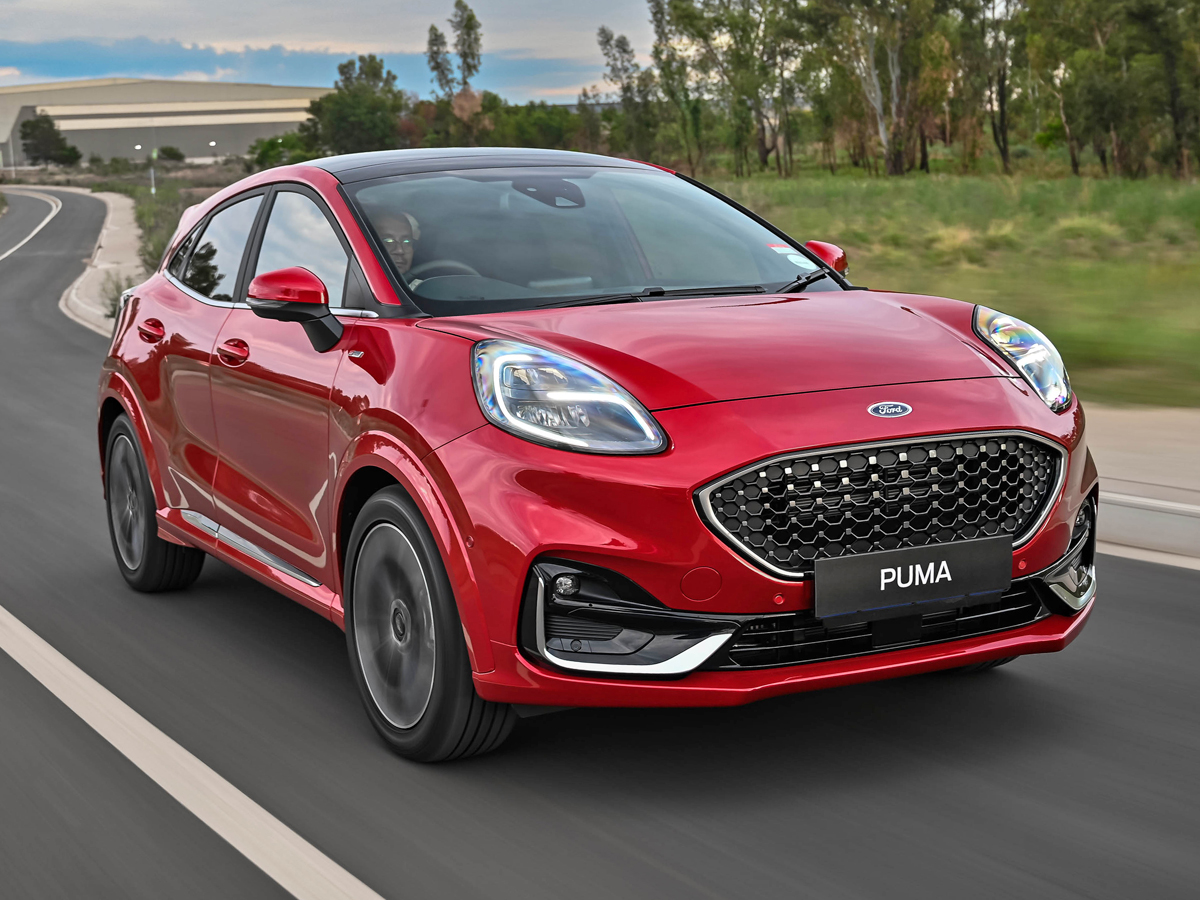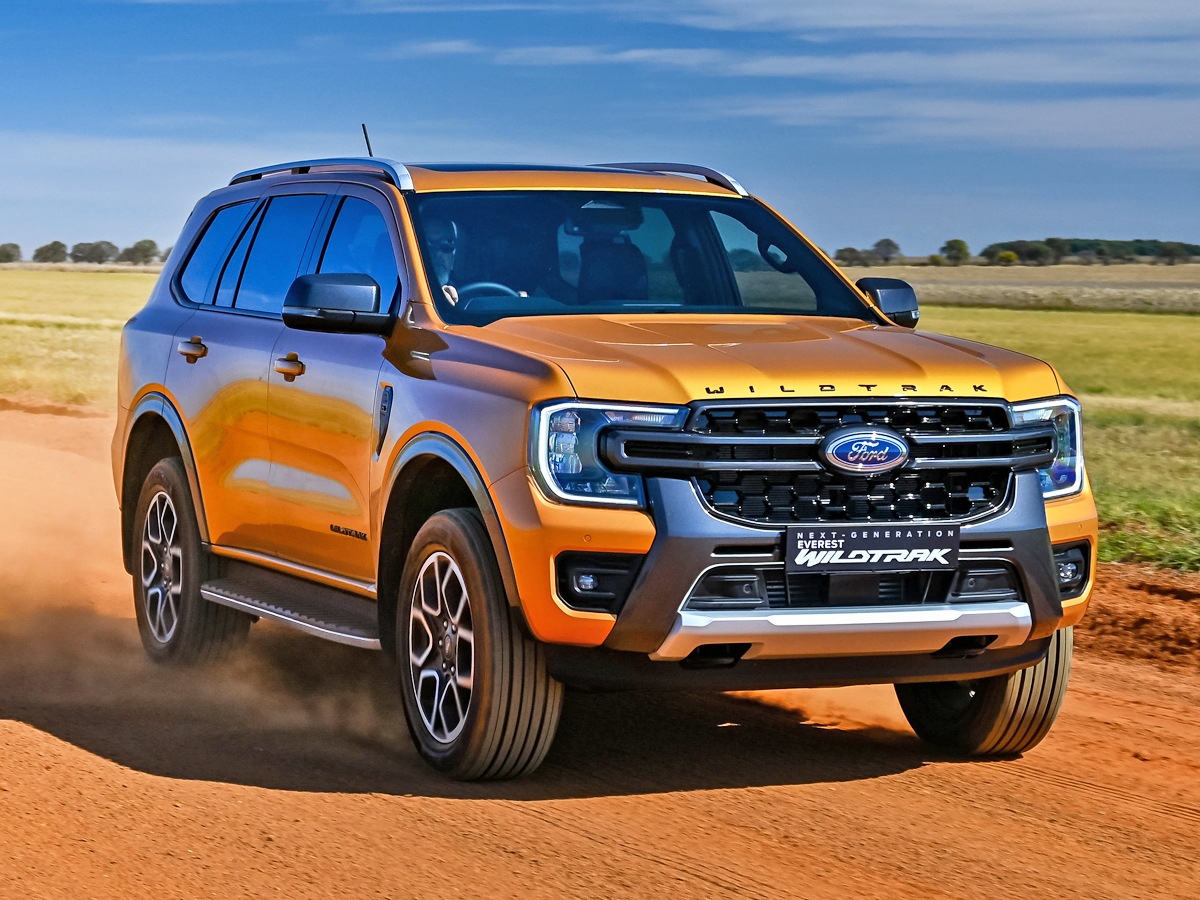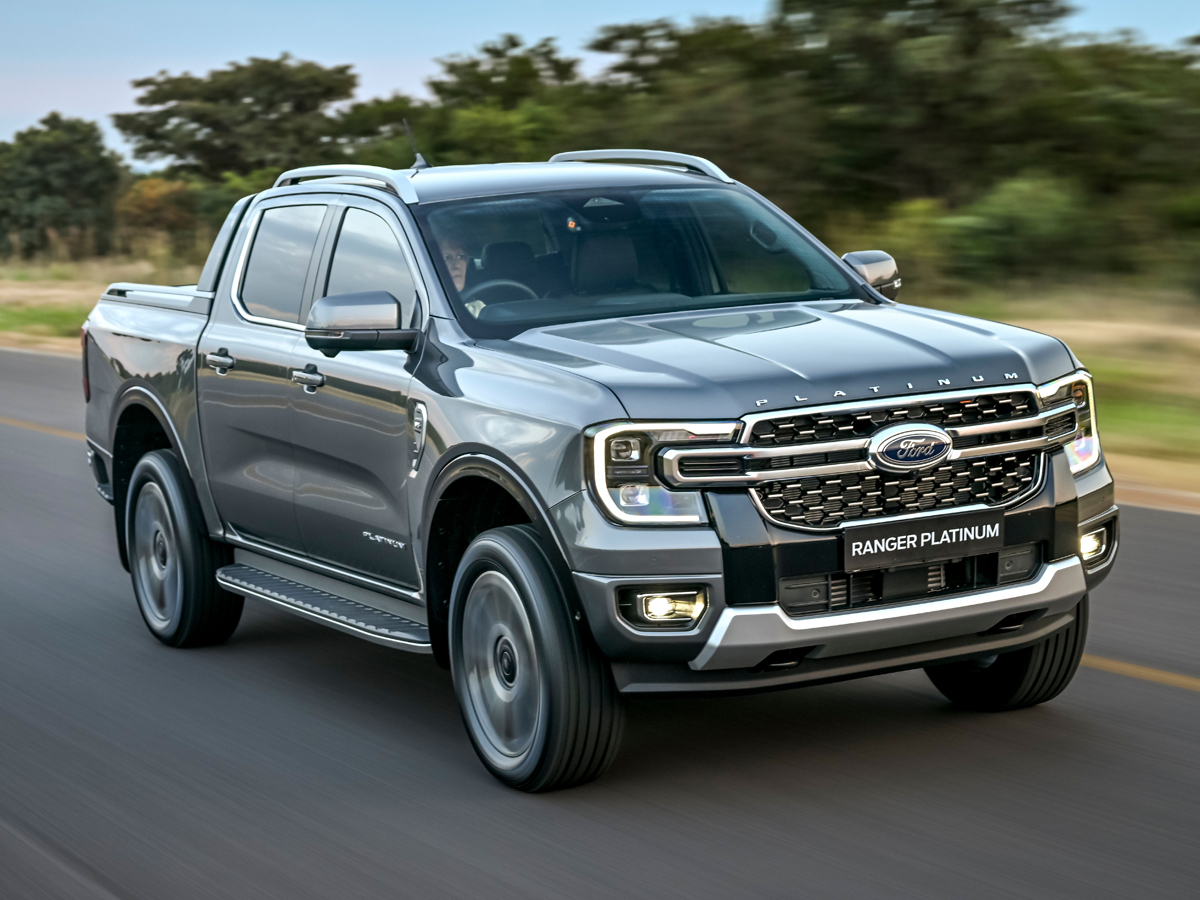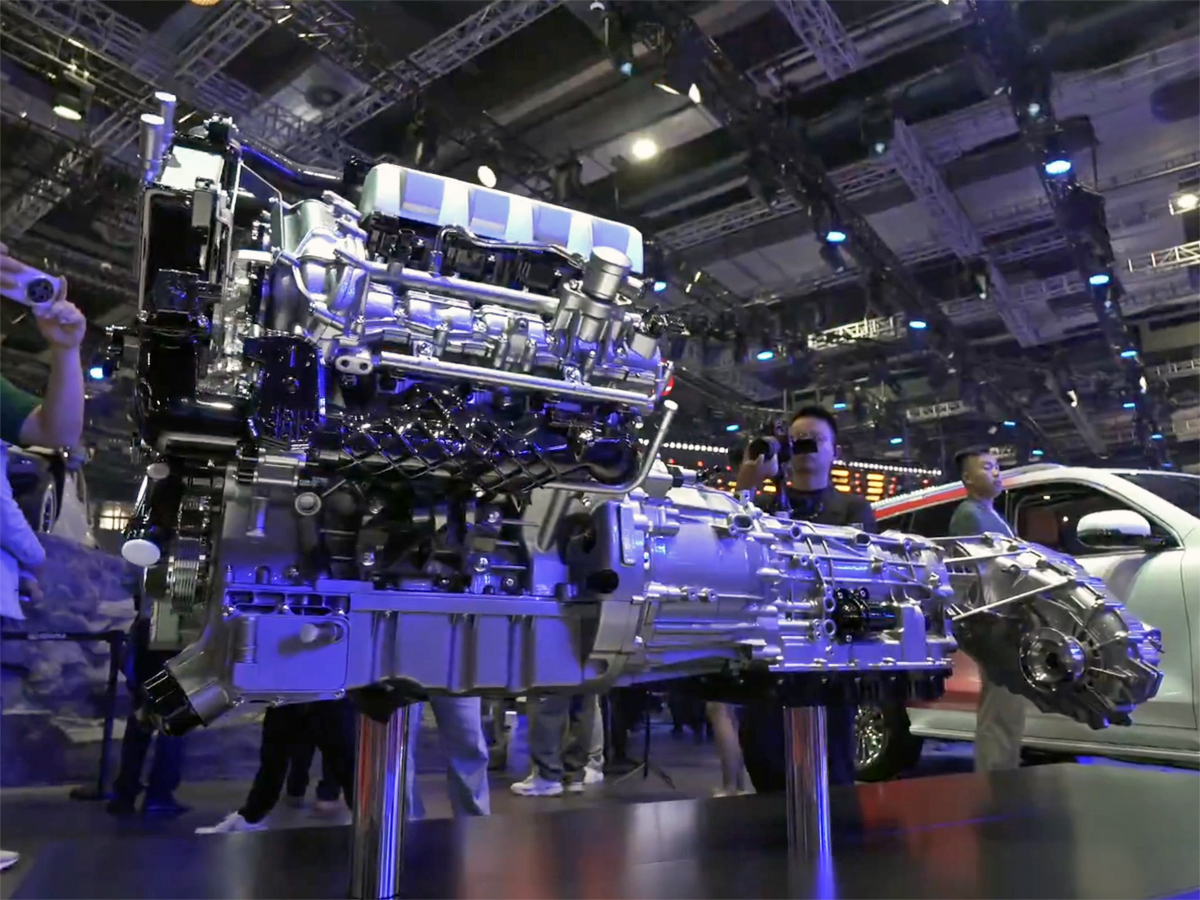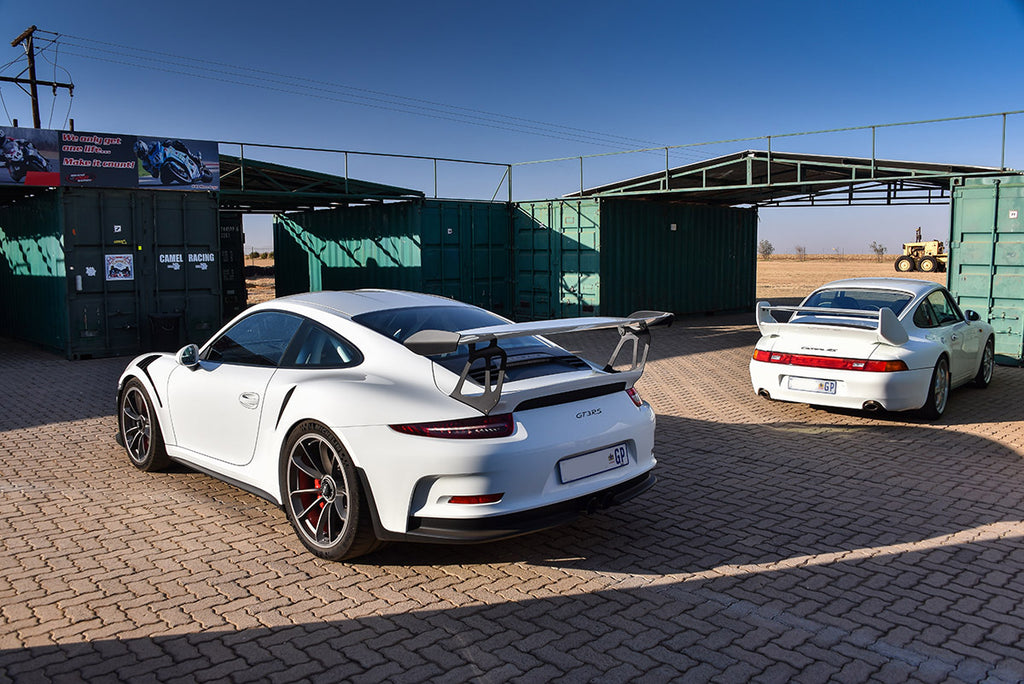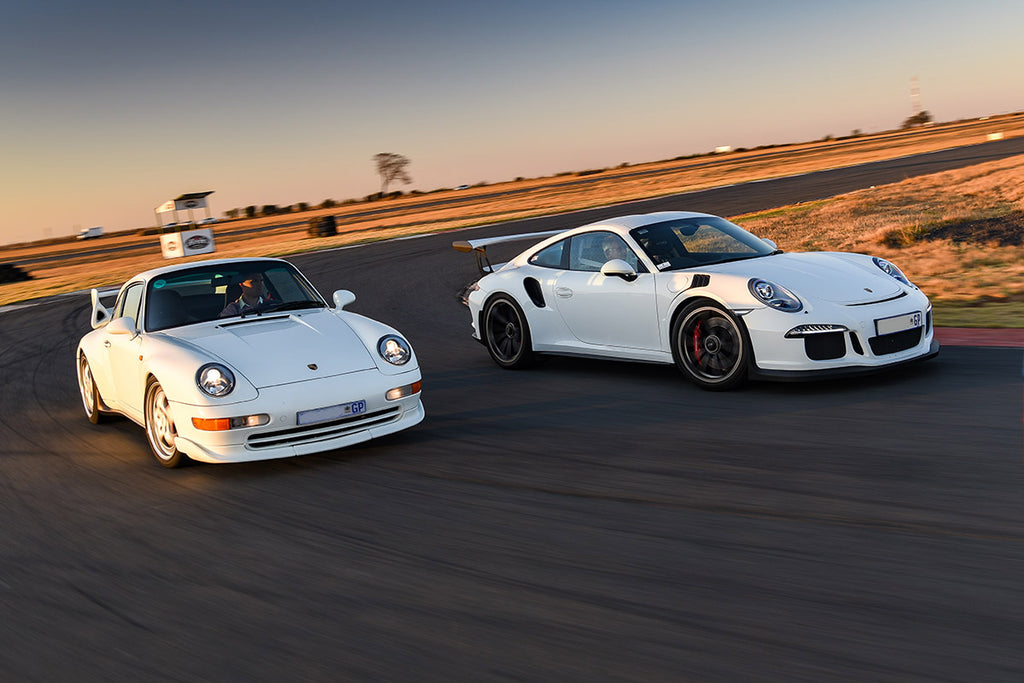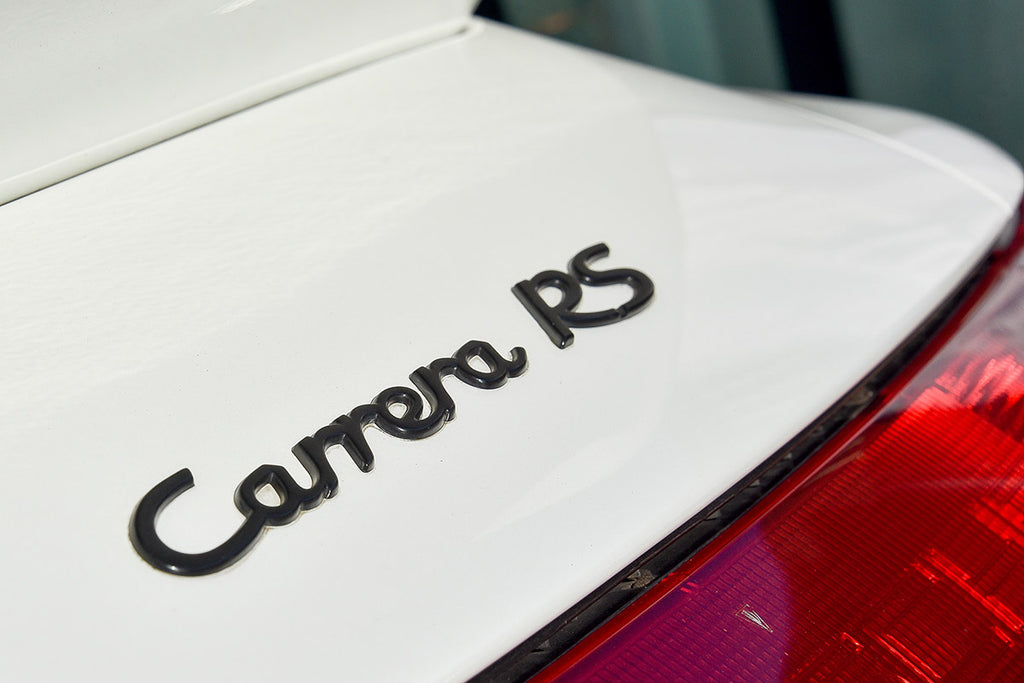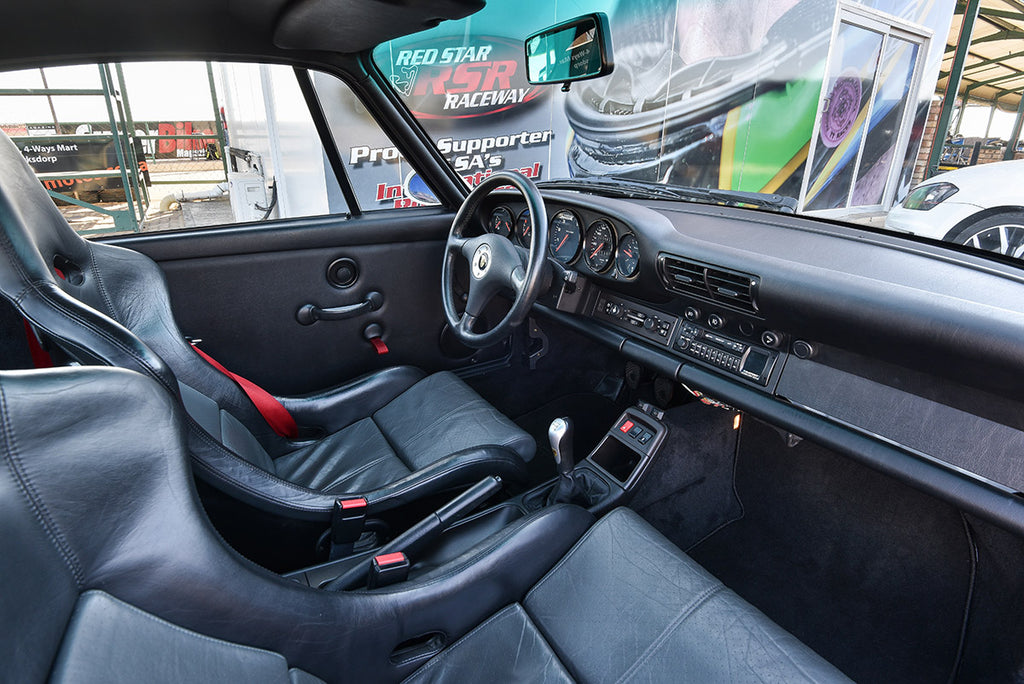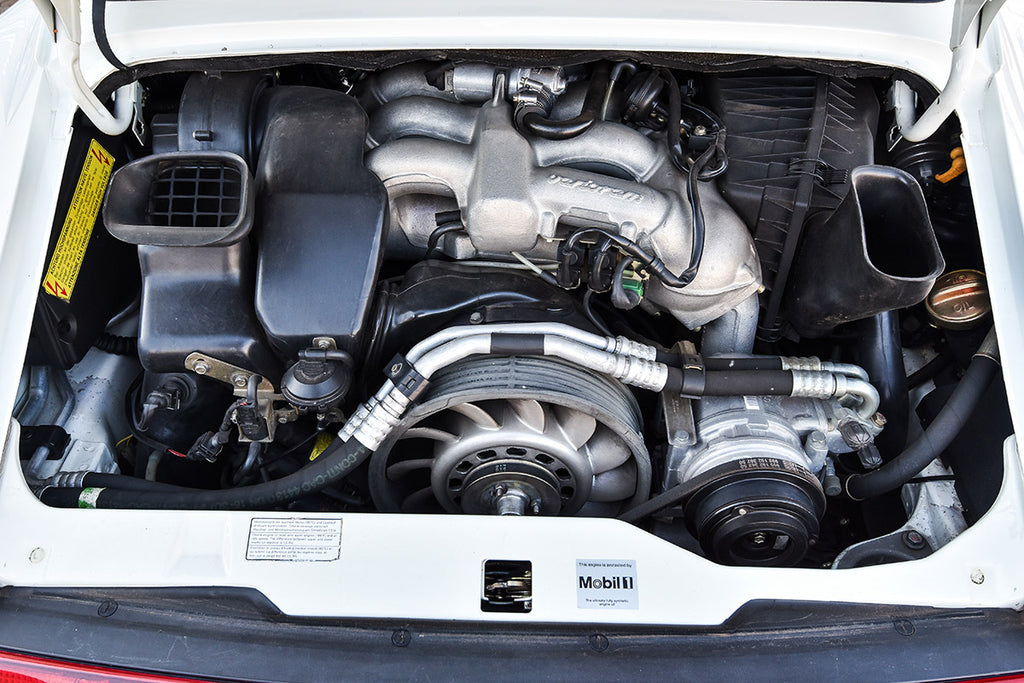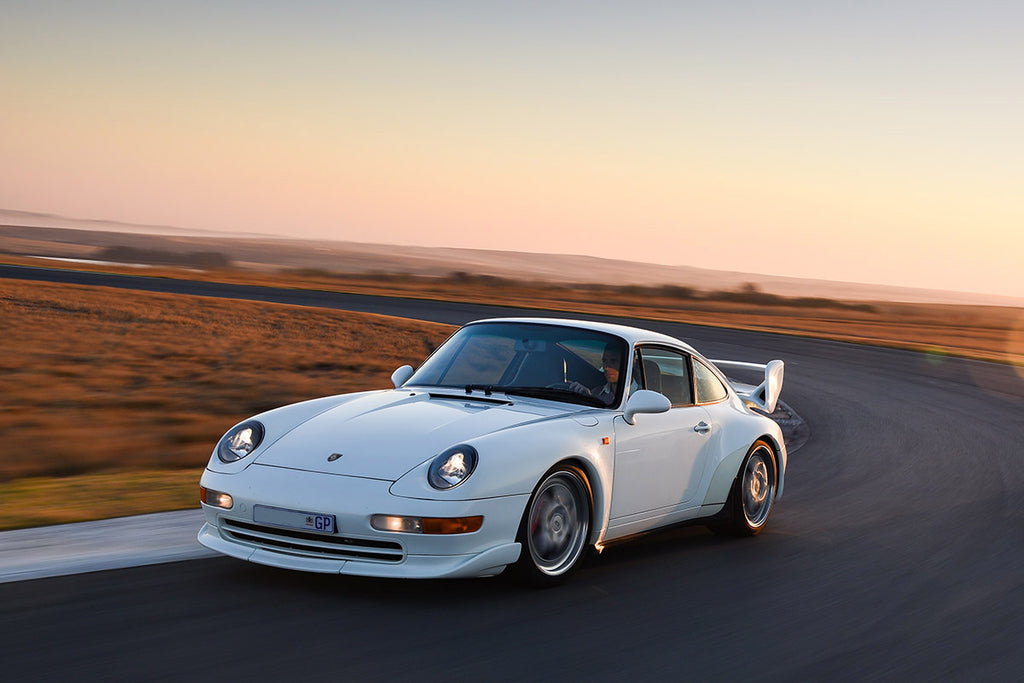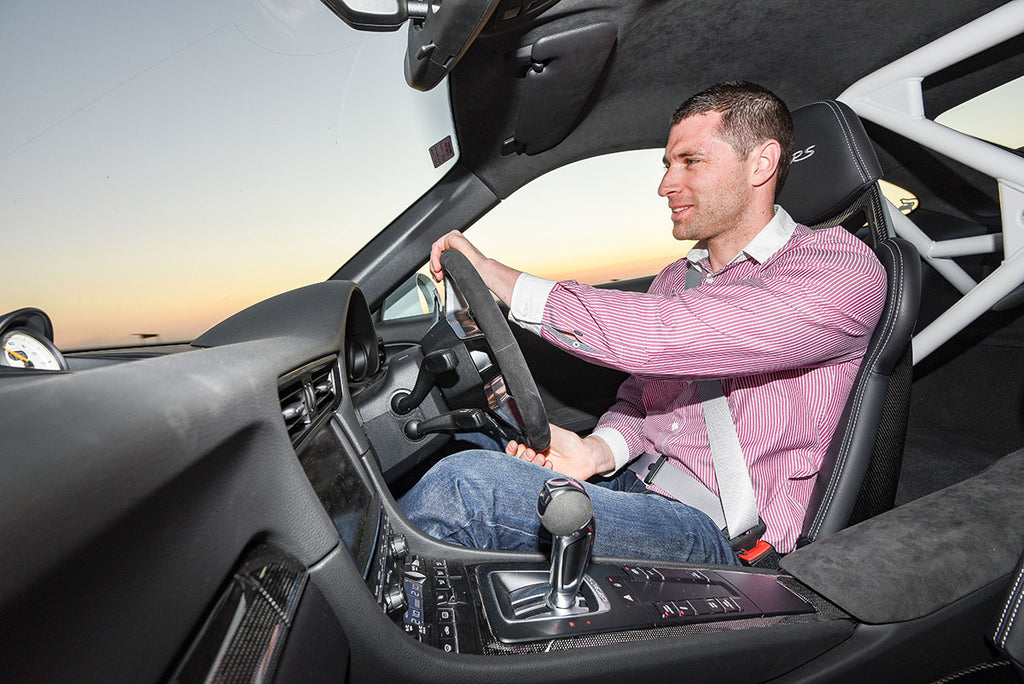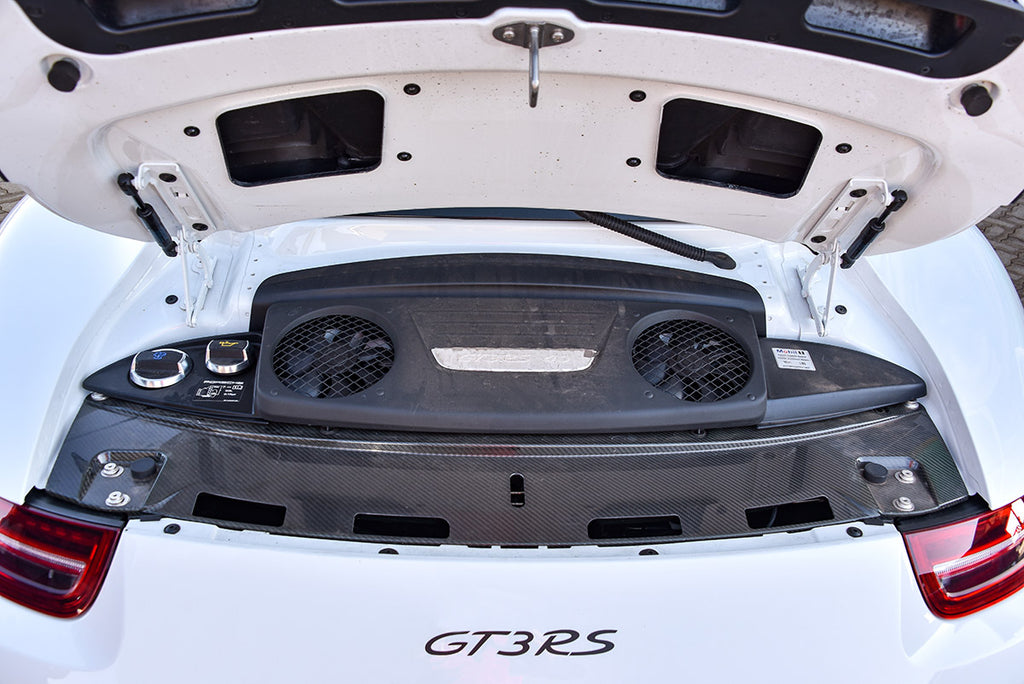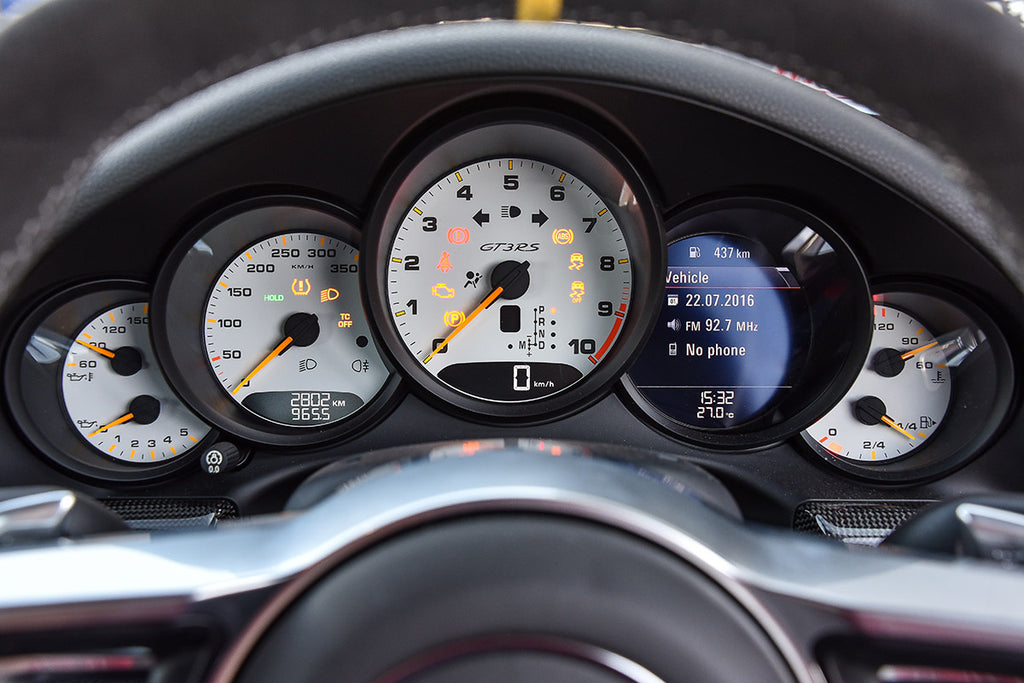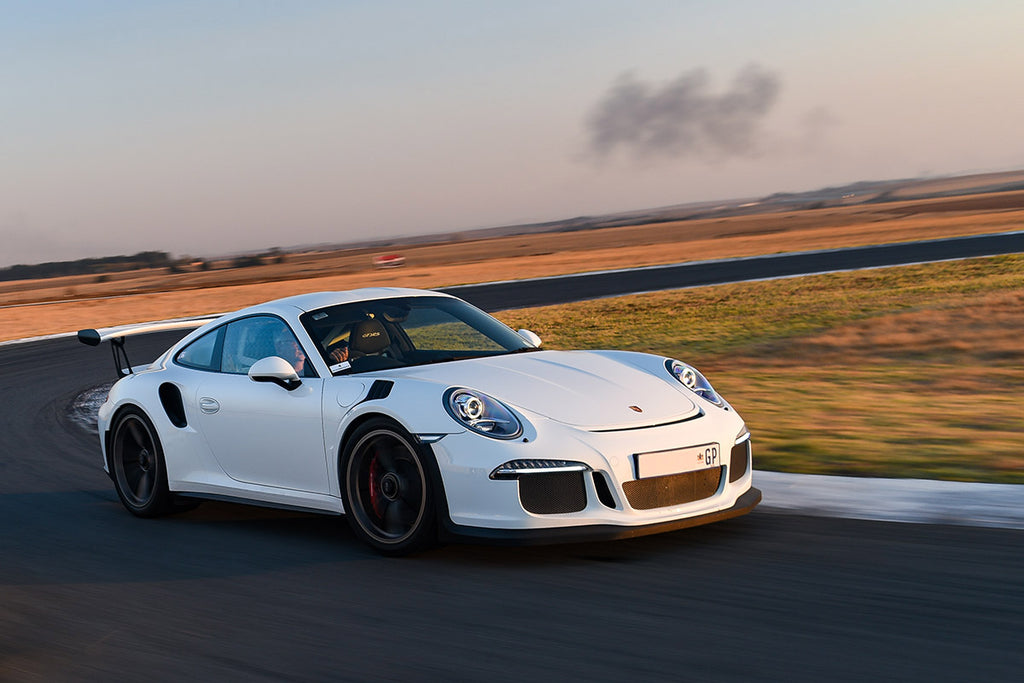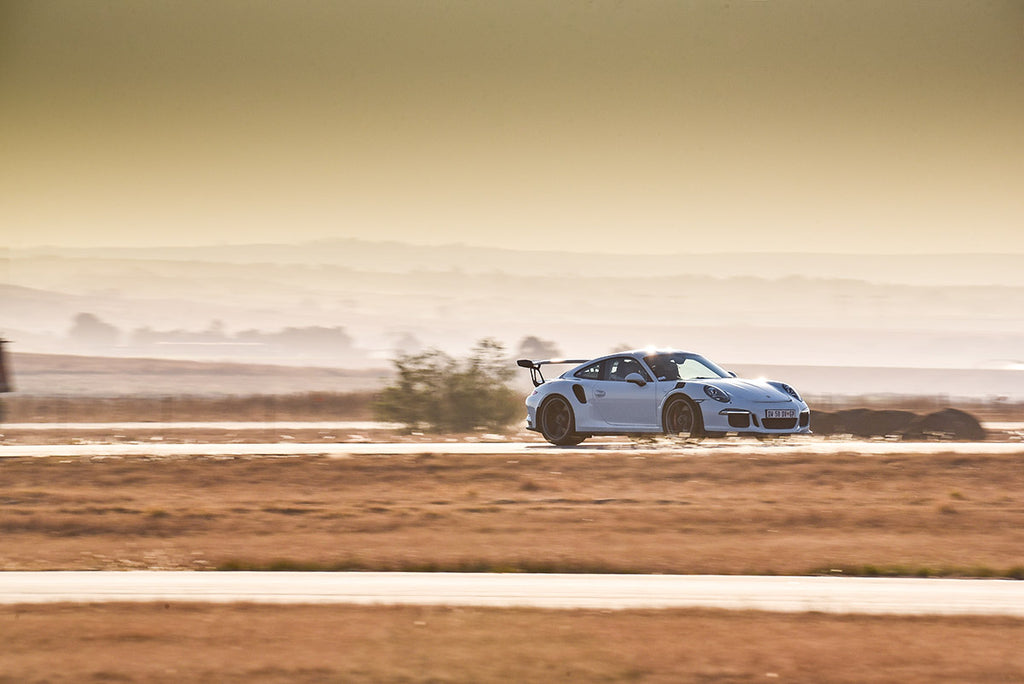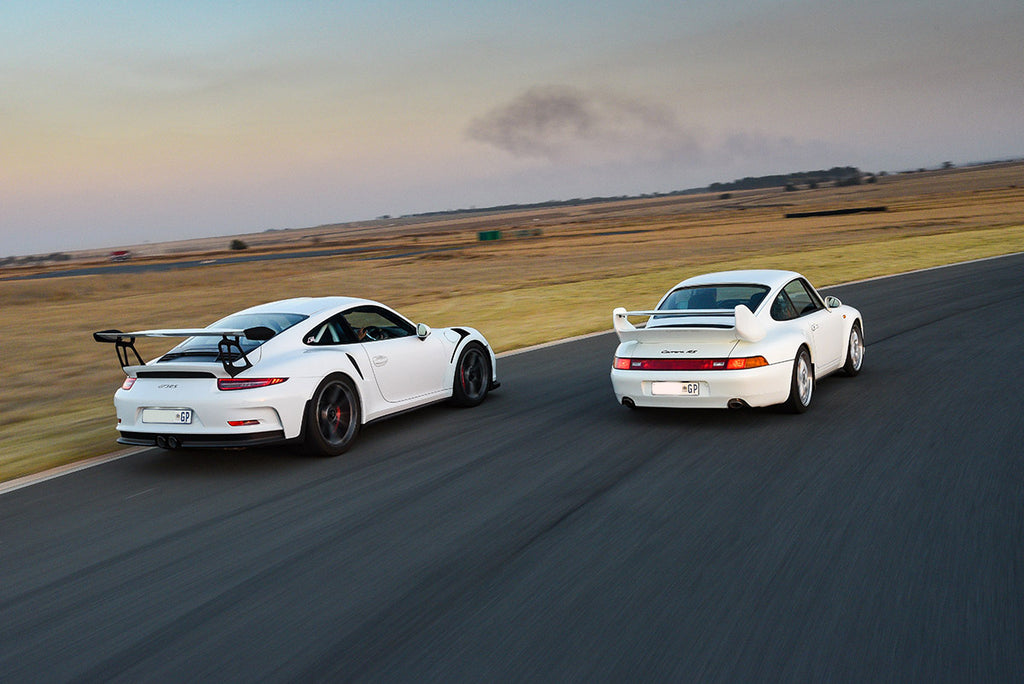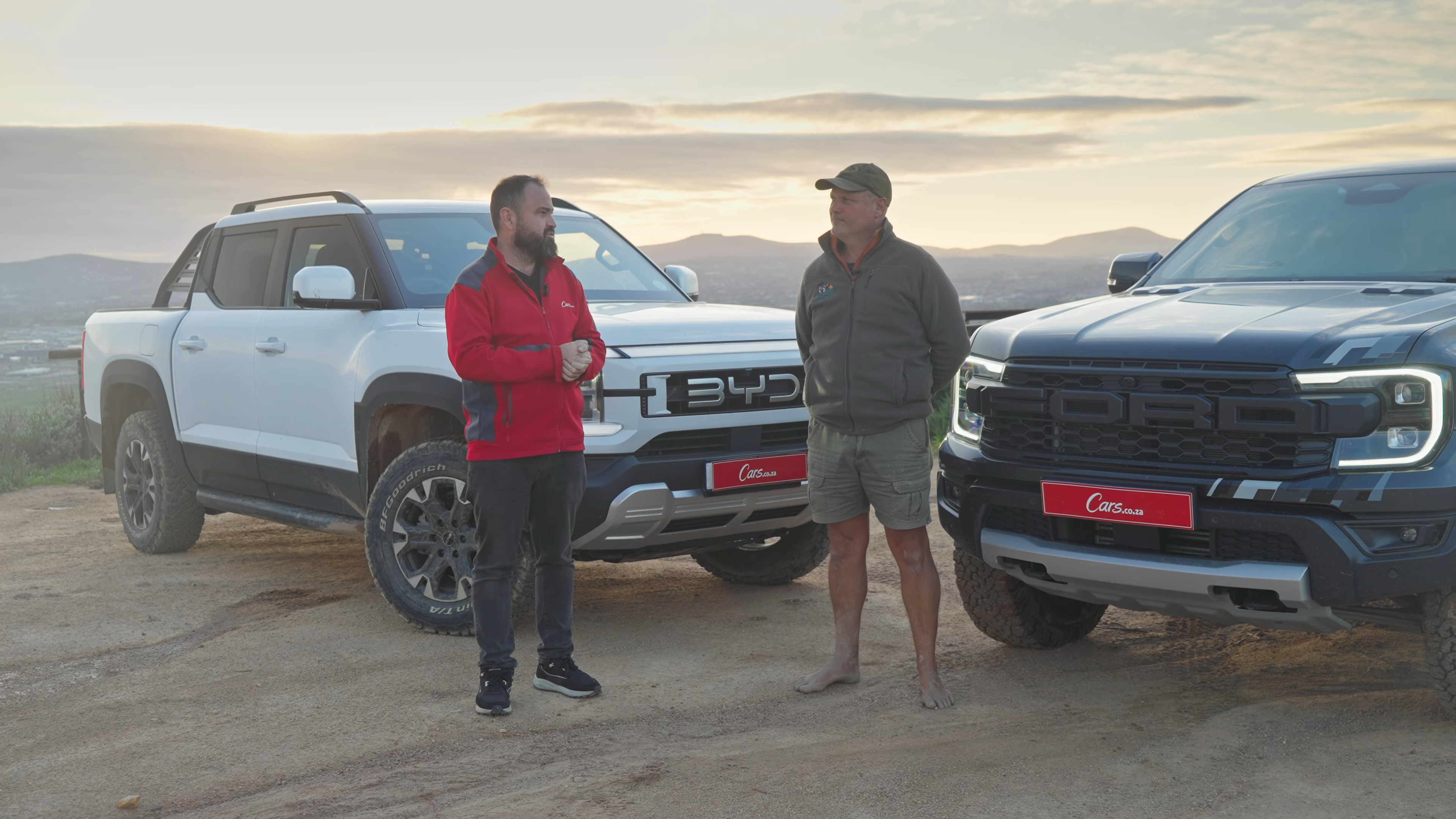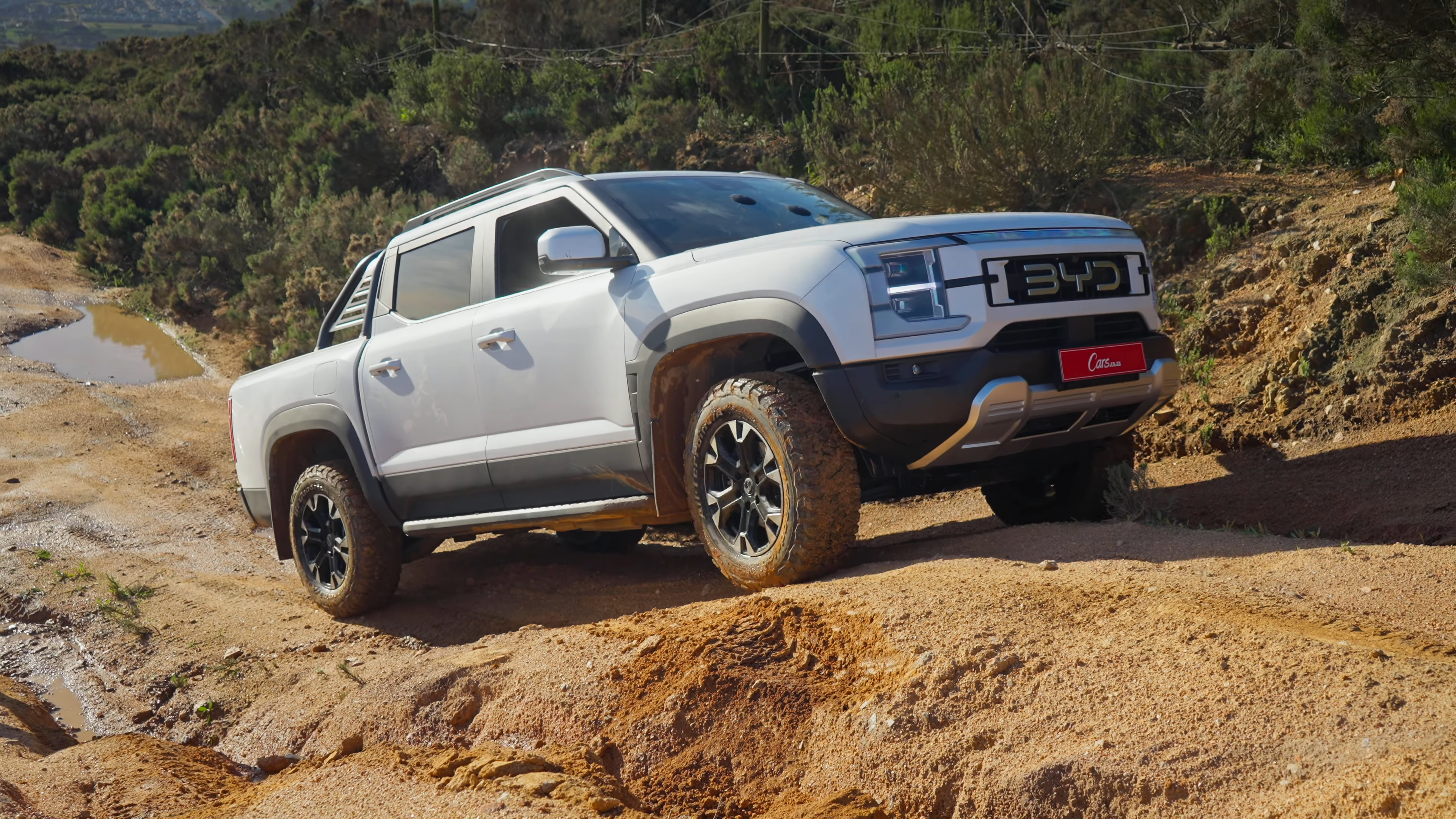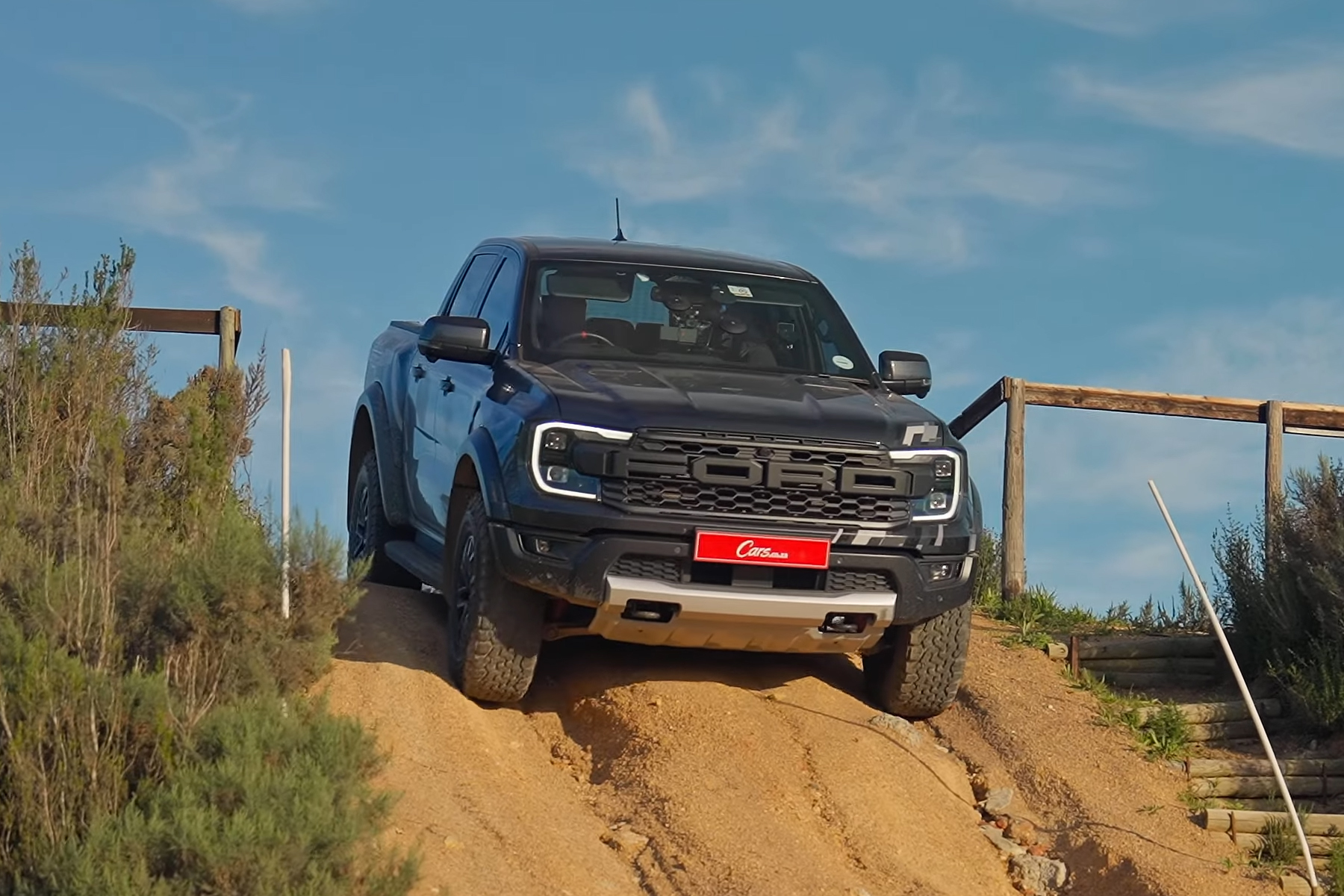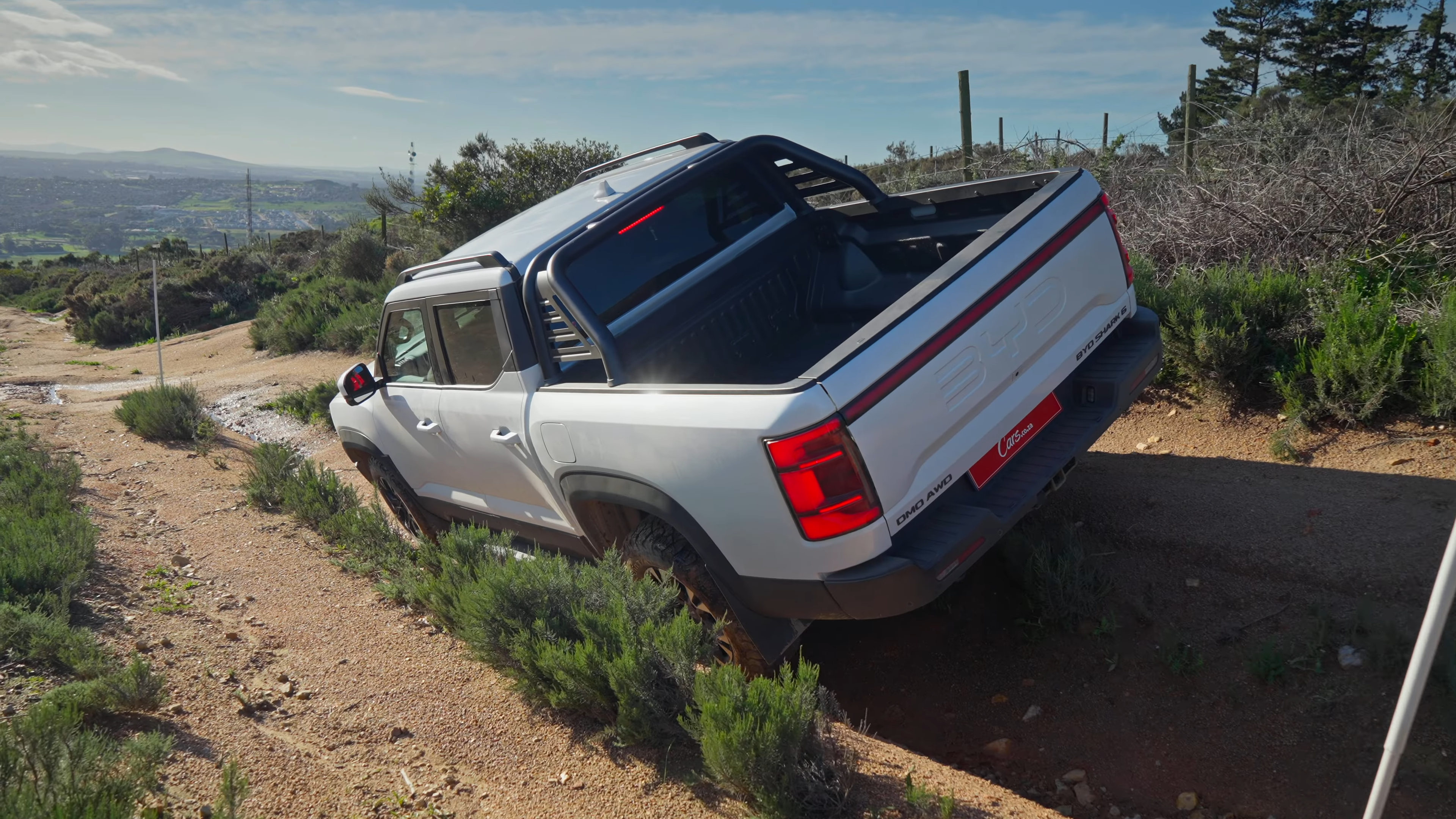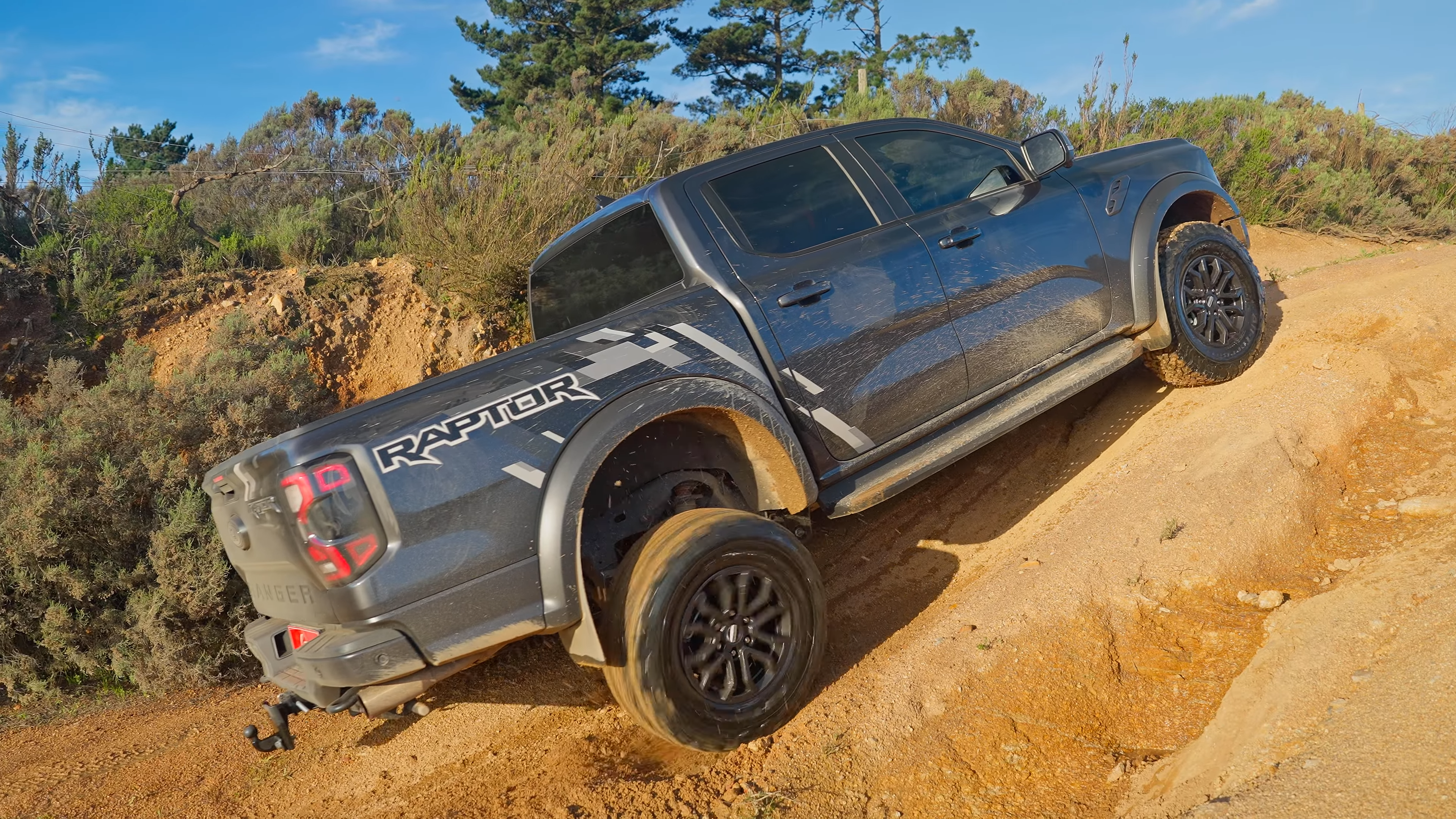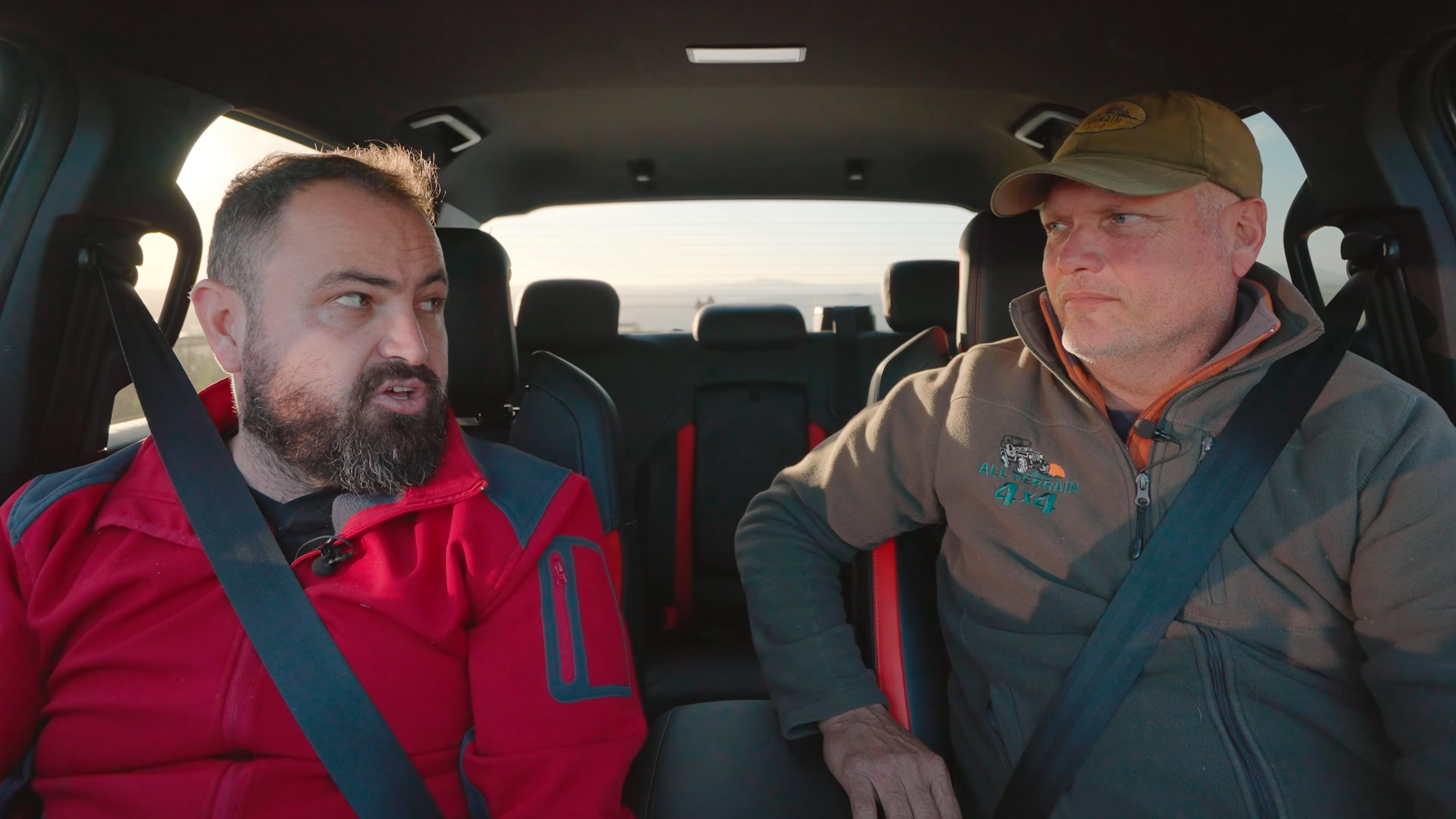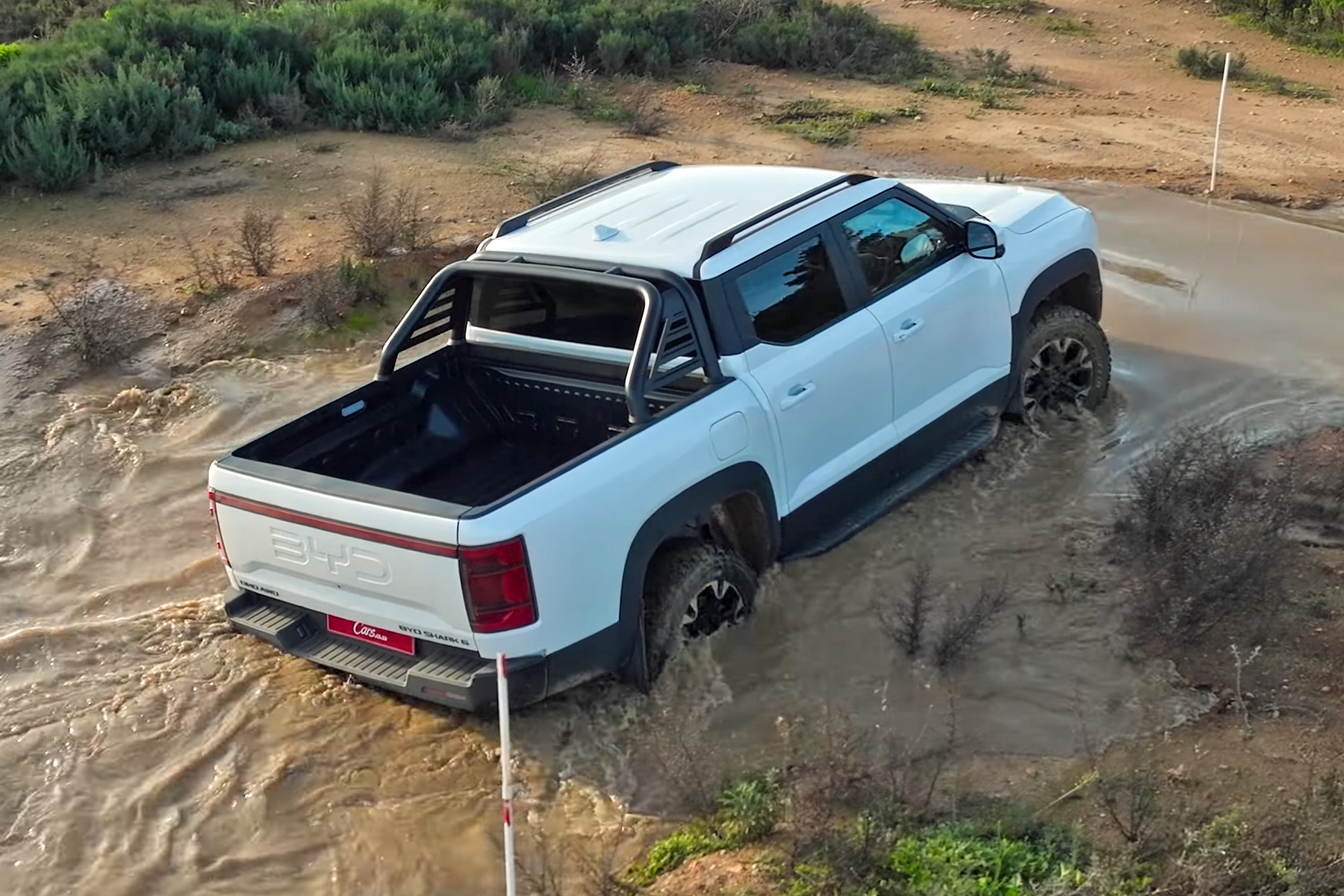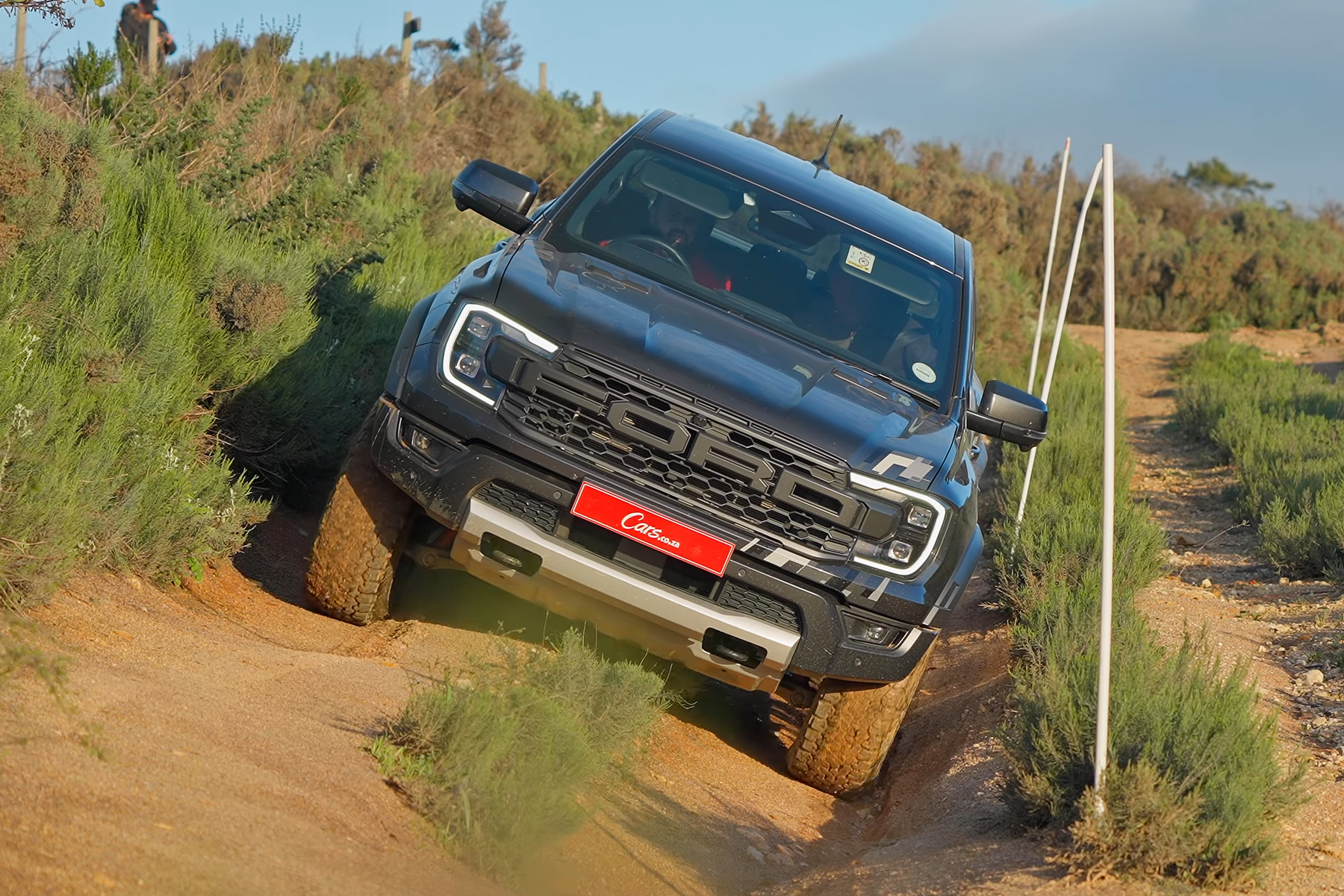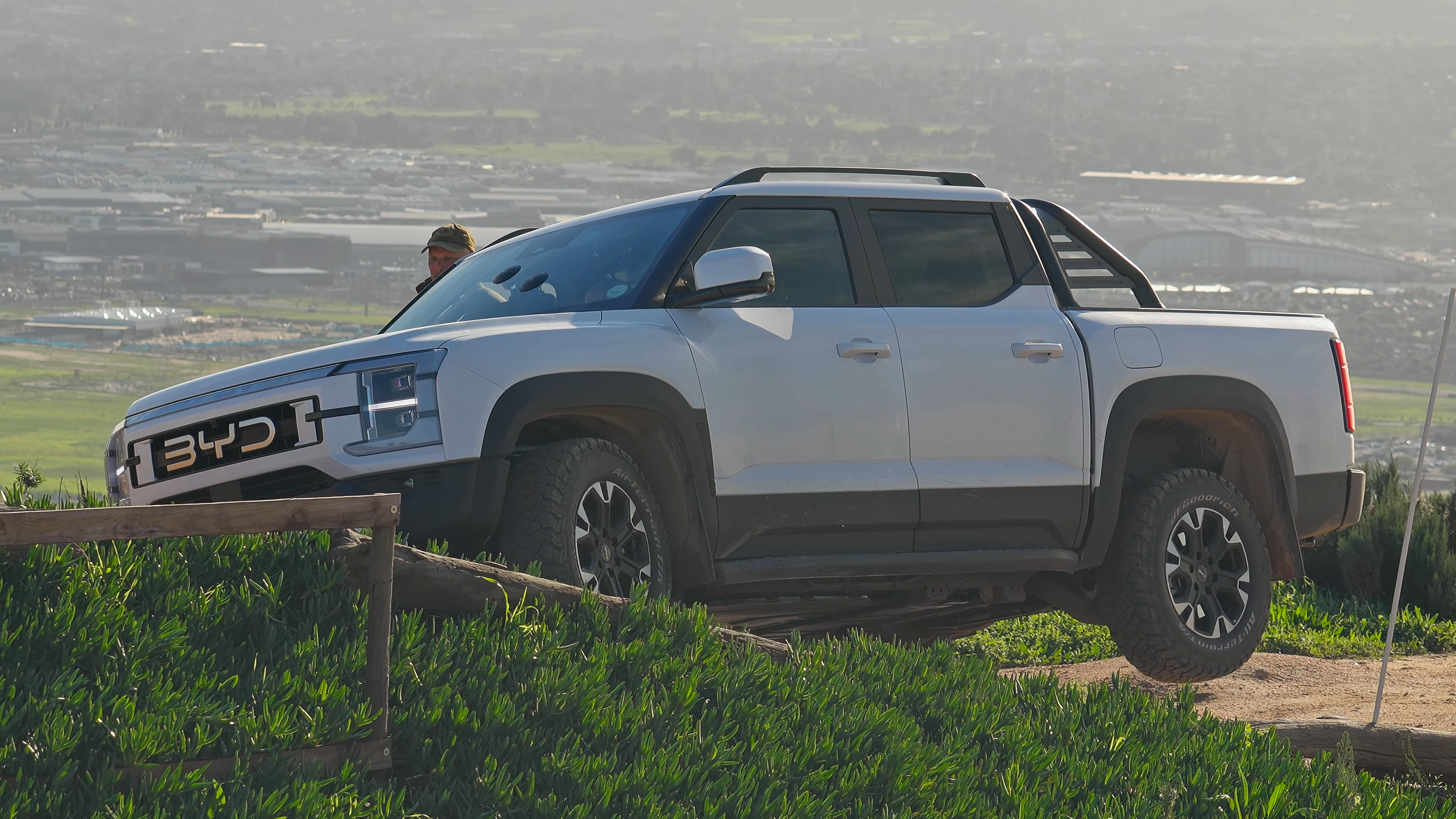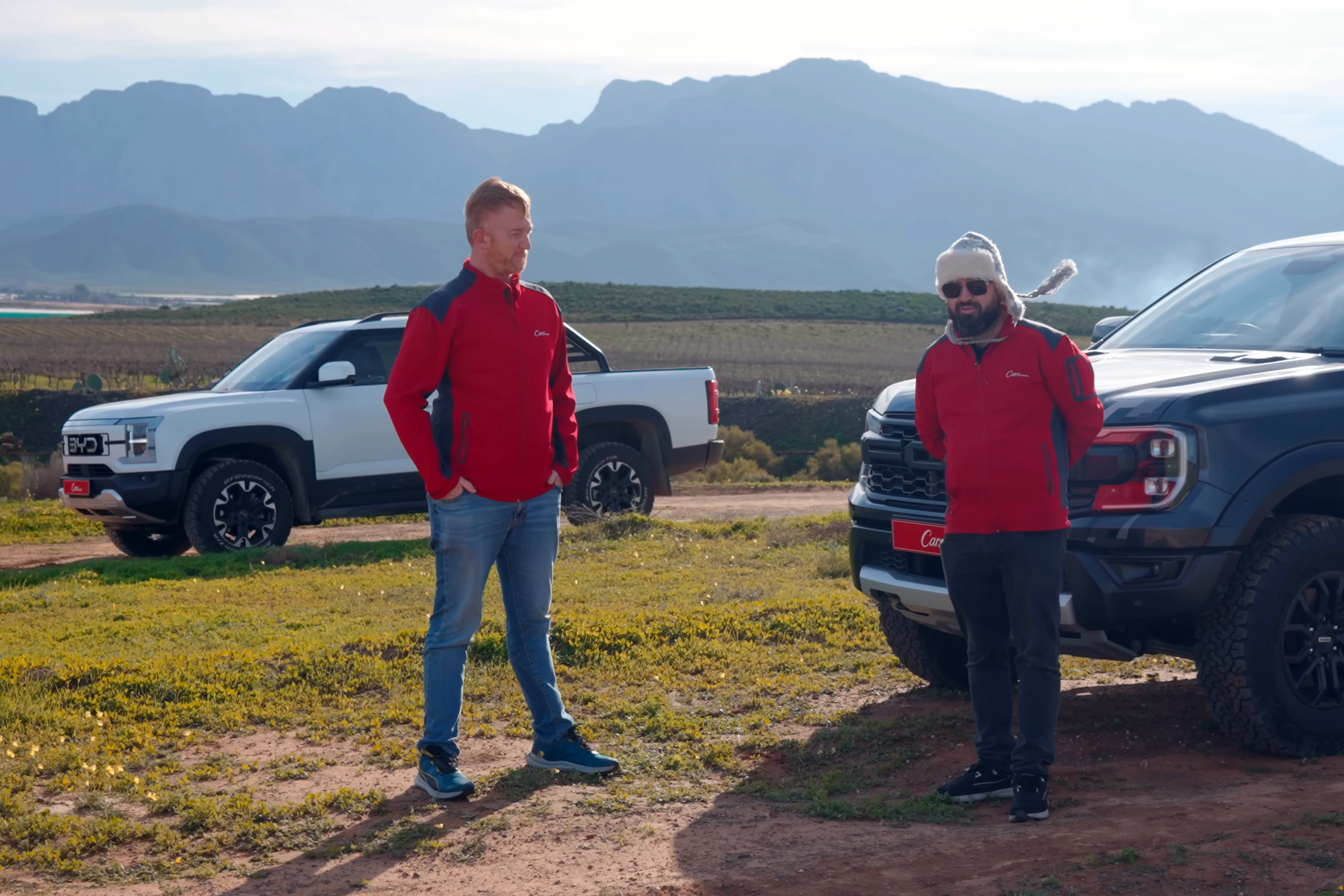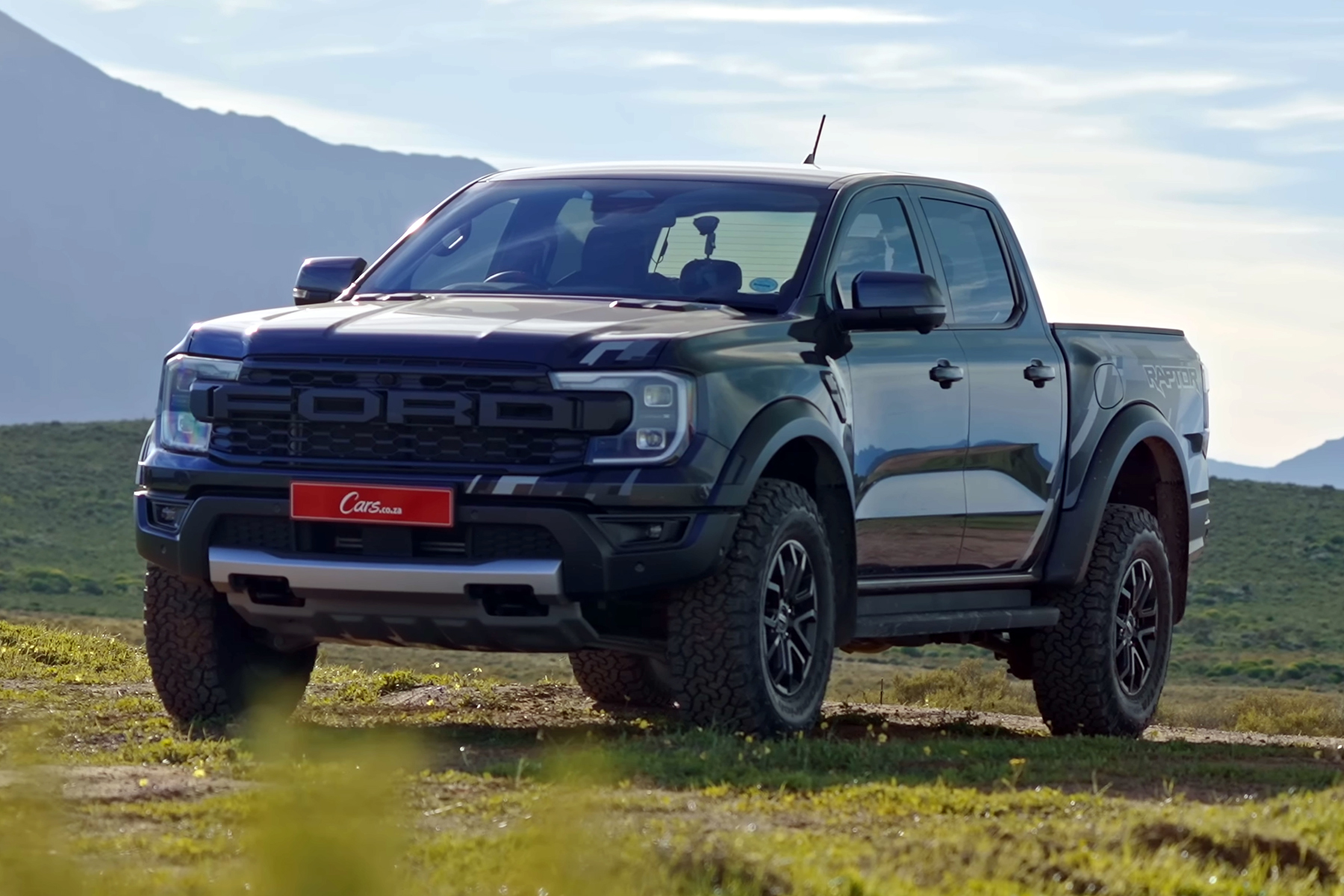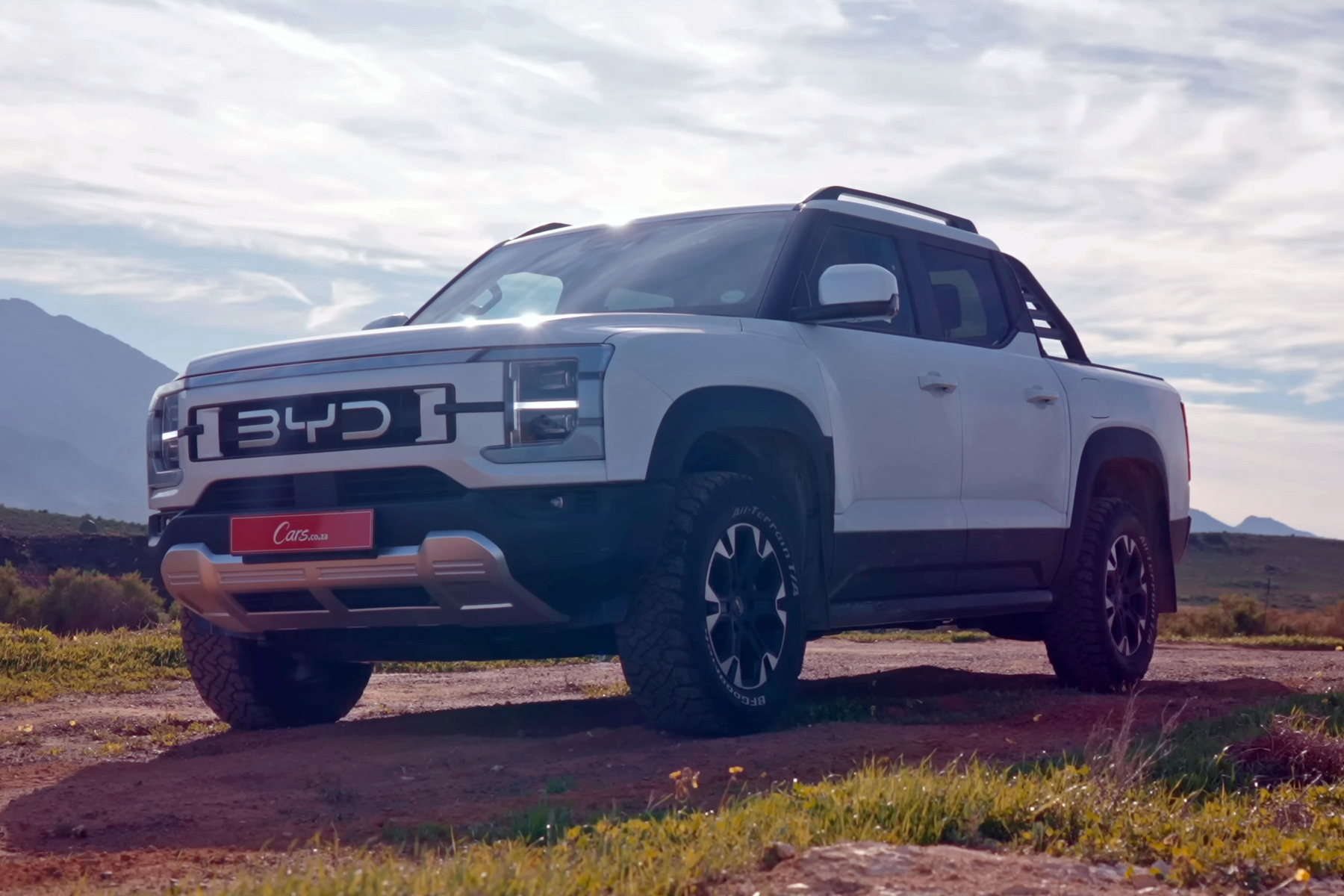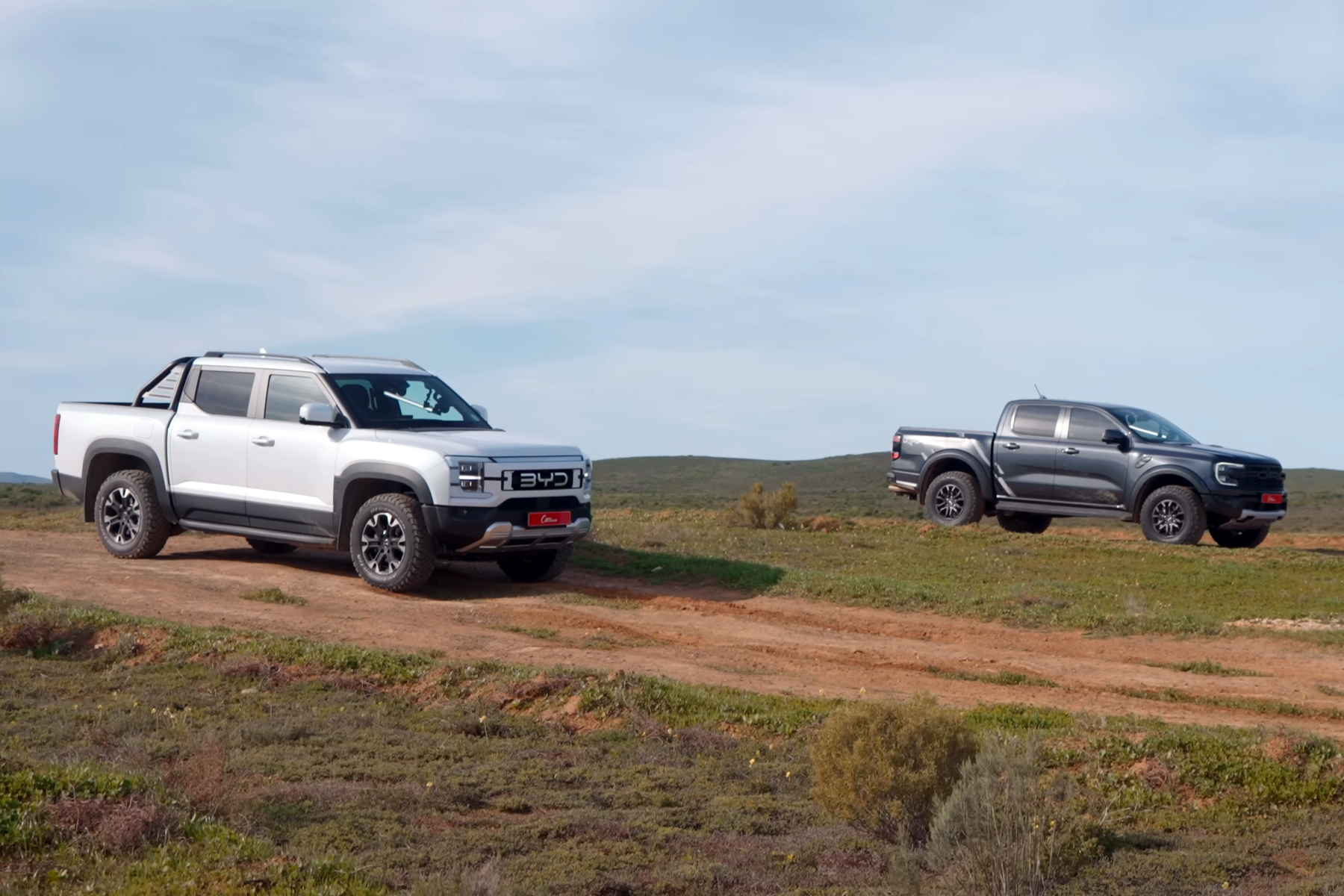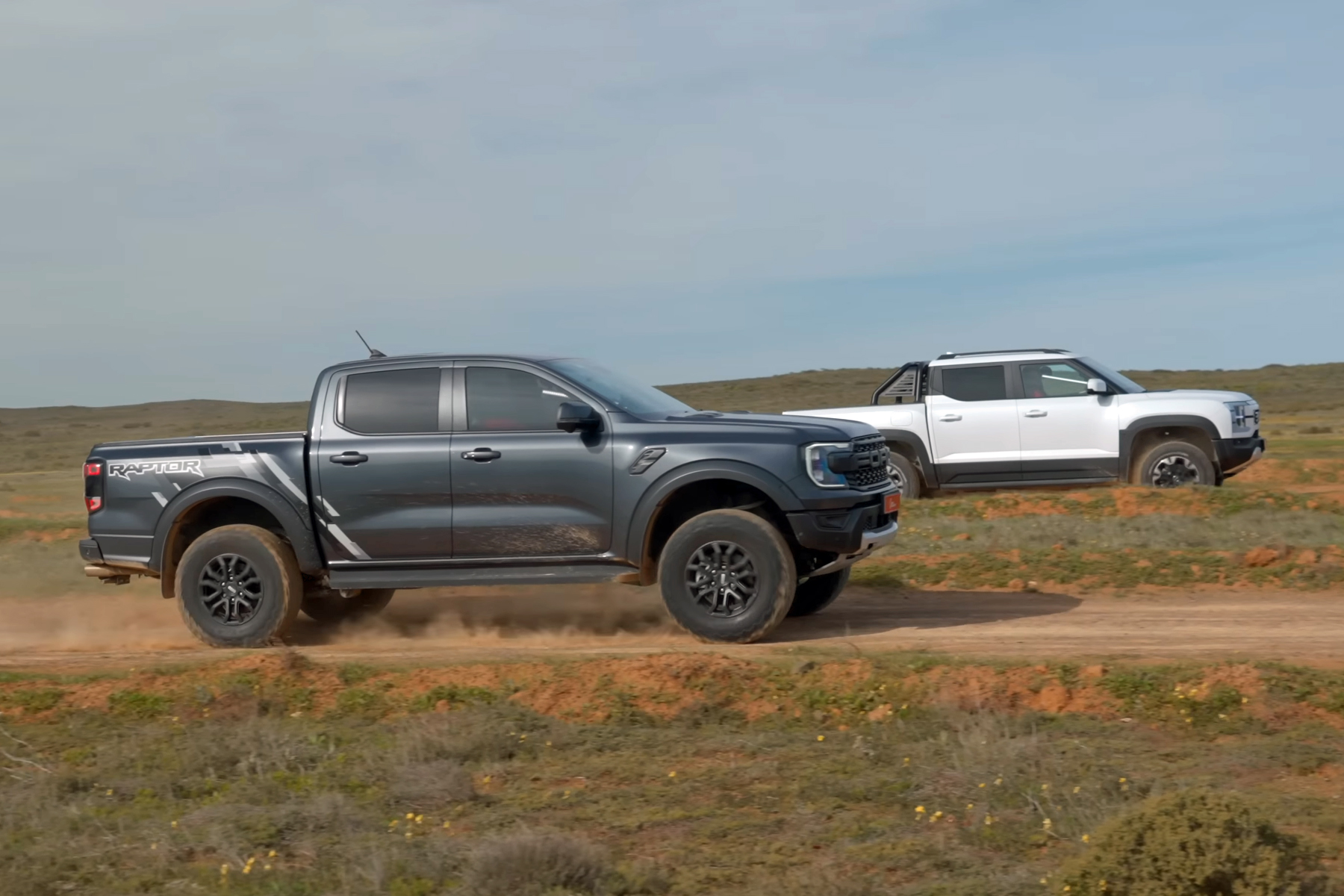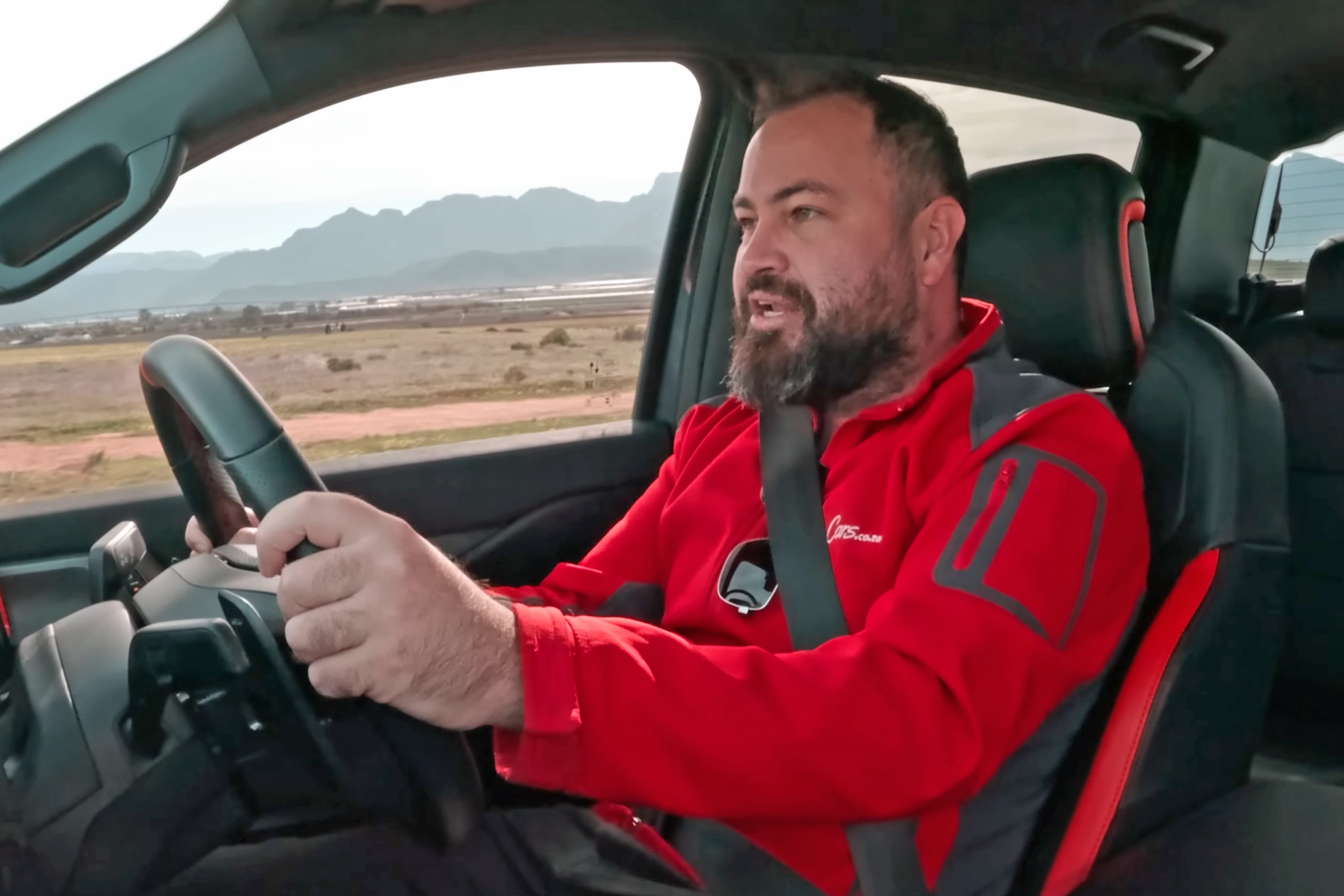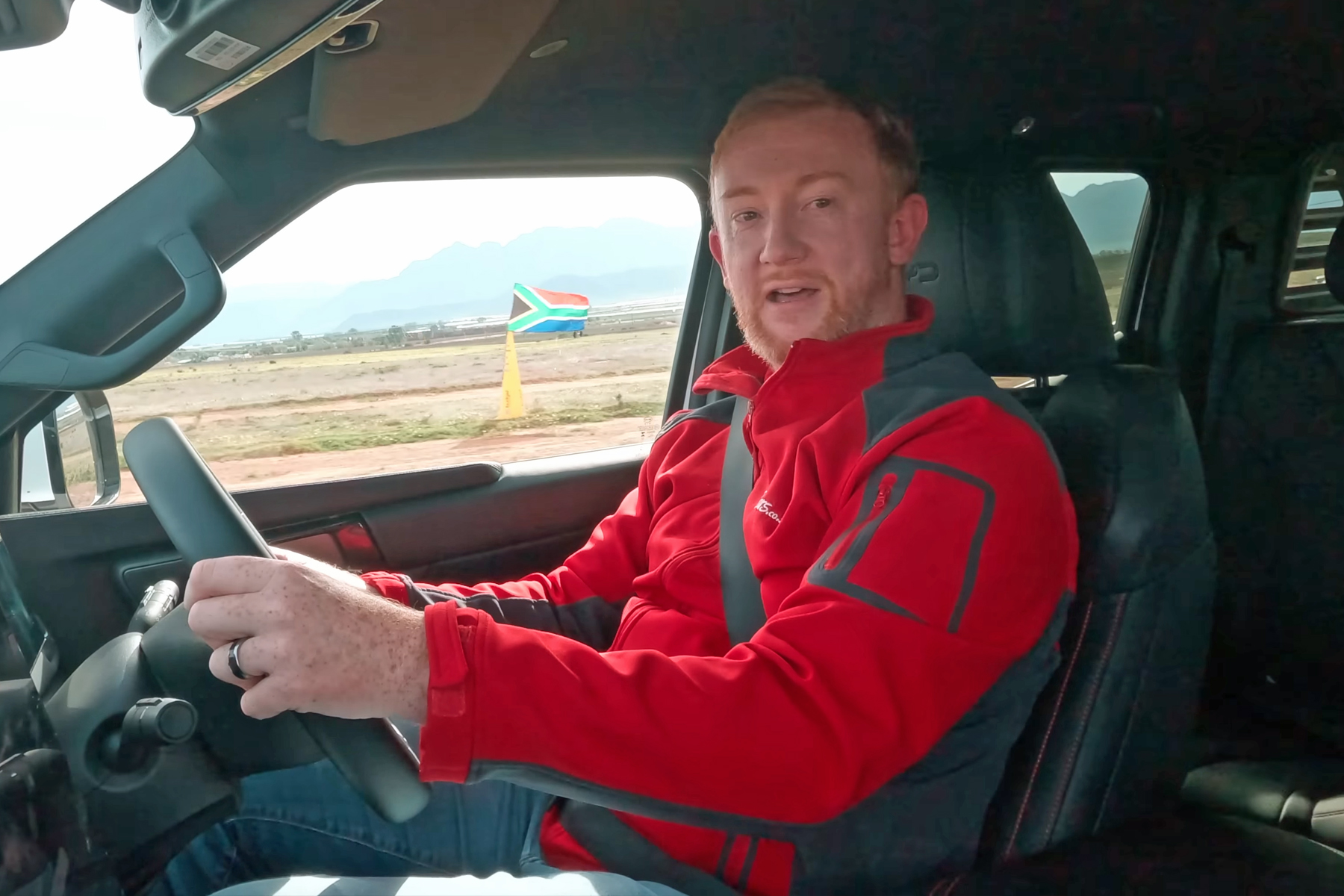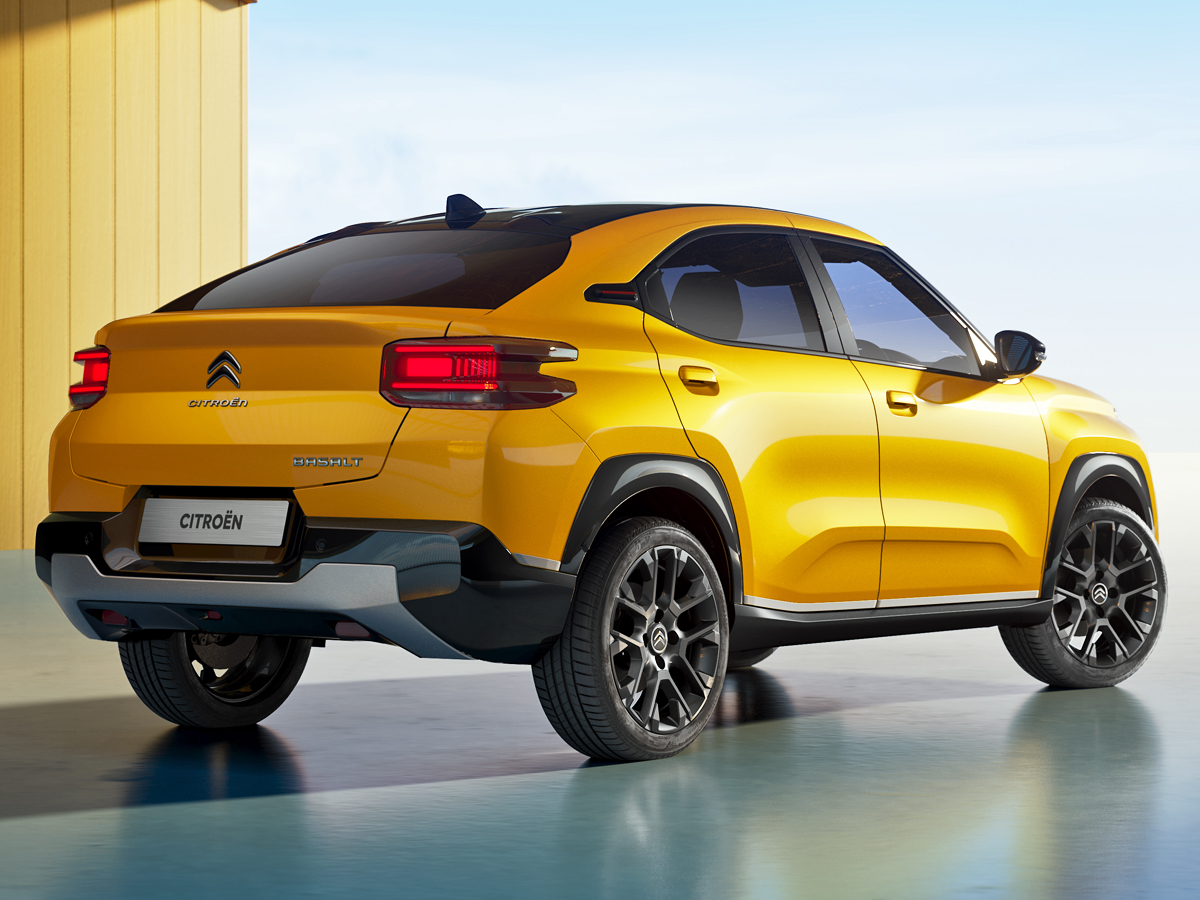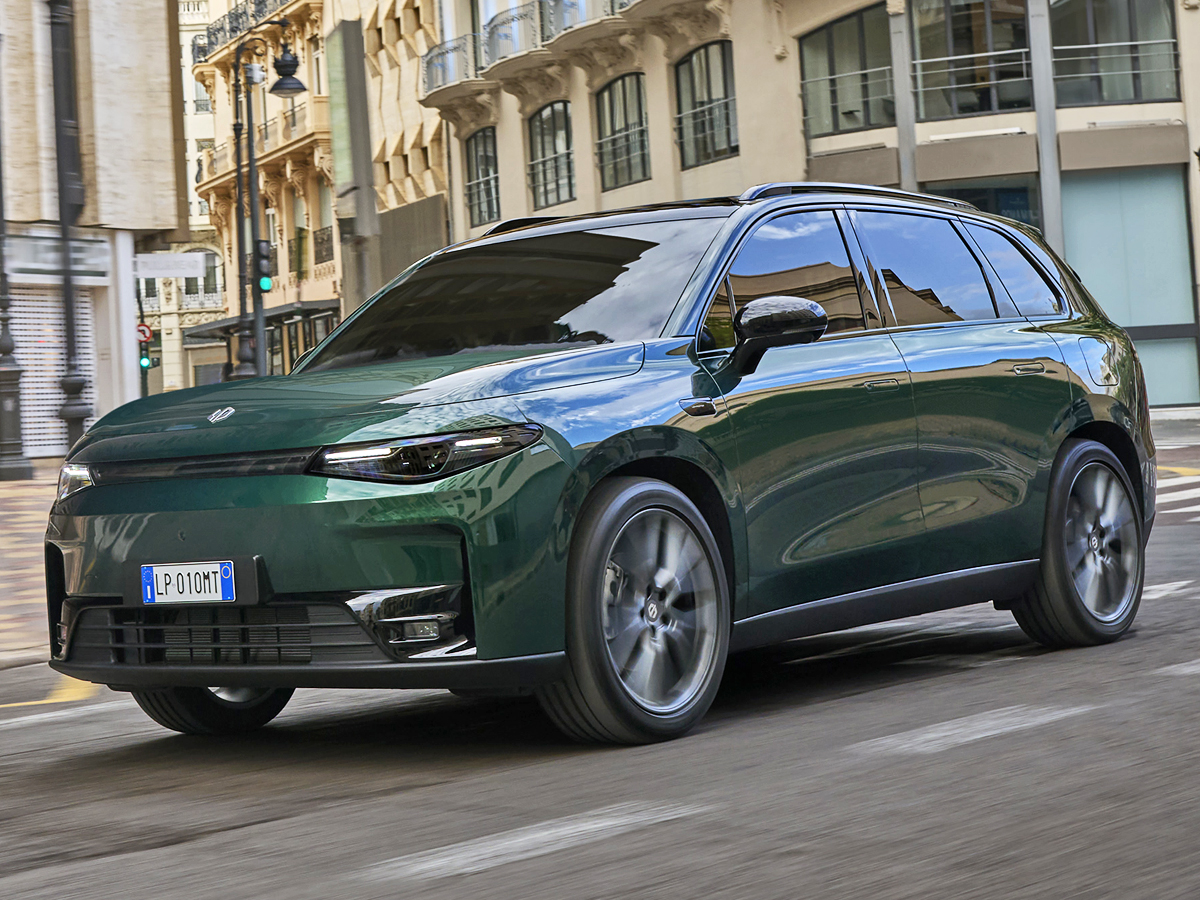Ferrari 599 GTO: Classic Drive
We spent an early morning at the ‘wheel of only the 3rd Ferrari to wear the GTO badge. Fifteen years since its launch, is the 599 GTO still one of the best modern Ferraris?
Even for the most “experienced” car enthusiast, there are times when you just can’t help feeling like a kid in a candy store. It can happen when you walk into a Ferrari dealership and see a new model in the metal for the first time, make a pilgrimage to the Ferrari Museum in Maranello, or walk into a collector’s garage.
That last possibility is especially appealing… In addition to marvelling at the collection, nothing beats quizzing an owner and fellow enthusiast about the details of their treasure trove. Why, when, and how did it all start? What are the cars like to drive? How much restoration did they require? What are their quirks?
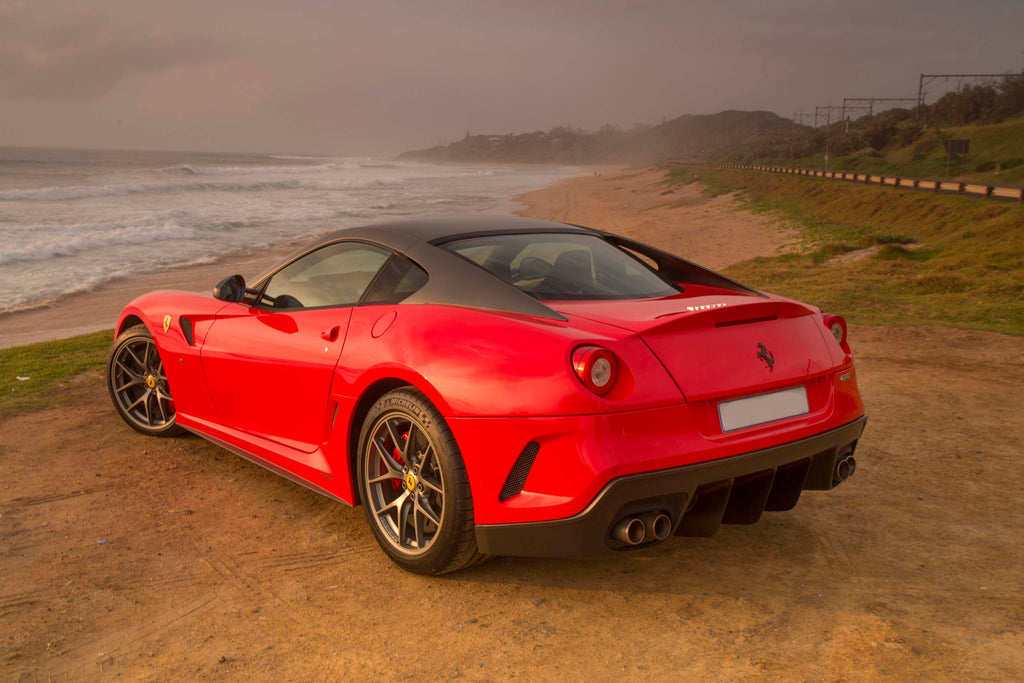
That brings me to this 599 GTO, the pinnacle of a Ferrari collection located on South Africa’s lush and picturesque east coast. More recent highly-focused front-engined, rear-wheel-drive V12 Prancing Horses such as the F12tdf and the 812 Superfast, 812 GTS and especially 812 Competizone, have revitalised interest in their Gran Turismo Omologato (GTO) predecessor, which debuted in 2010.
See also: Ferrari F12tdf vs 365 GTB/4 Daytona: Classic Comparison
See also: Ferrari 550 Barchetta vs 812 GTS: Classic Comparison
The 599 GTO was conceived as a thoroughbred road racer, developed with know-how from the 599XX track car. It is only the third Ferrari to boast the fabled GTO name; before the 599 GTO, the moniker had only been applied to the 250 GTO of 1962 and that bedroom pin-up from 1984, the 288 GTO.
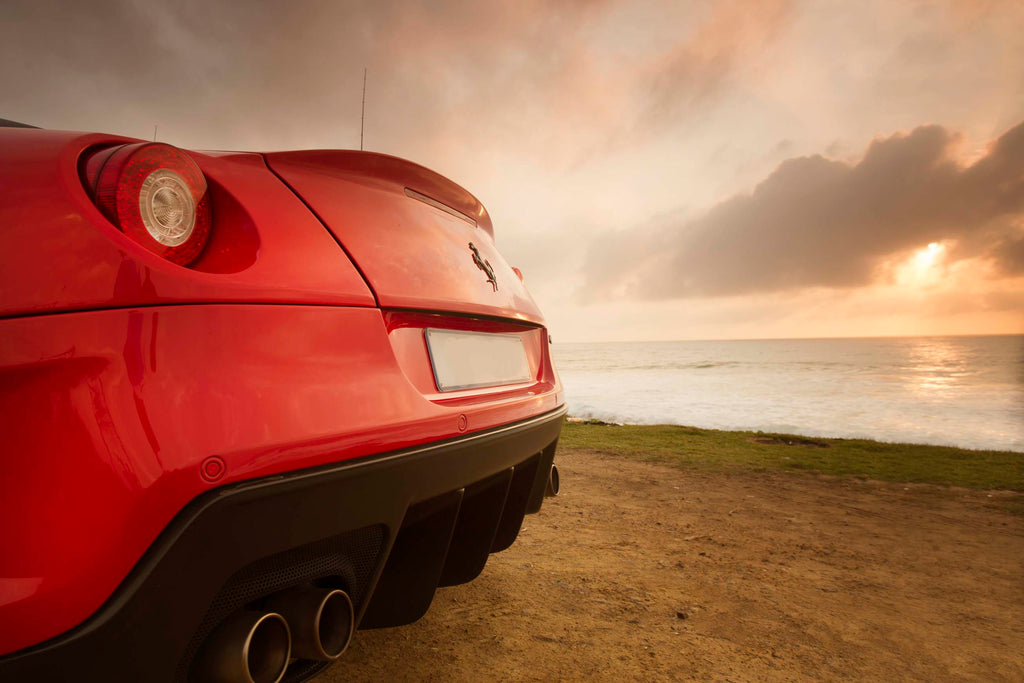
Like its earlier namesakes, the 599 GTO stands out from its contemporaries. Compared to a standard 599 GTB Fiorano, the GTO received different side sills, a massive rear diffuser, and a small boot spoiler.
These changes give it a notably more hunkered-down appearance, as well as doubling the amount of downforce (144 kg at 200 kph). The flying buttresses remain the most striking design element, although the new/revised air inlets and outlets on the bonnet, front fenders, behind the doors and rear wheels certainly catch the eye. They also confirm a lot of cooling is needed for both engine and brakes.
Specifications:
- Model: Ferrari 599 GTO
- Engine: 6.0-litre 48-valve V12, petrol
- Power: 493 kW at 8 250 rpm
- Torque: 620 Nm at 6 500 rpm
- Transmission: 6-speed automatic, RWD
- Kerb weight: 1 605 kg
- 0-100 kph: 3.35 sec (claimed)
- Top speed: 335 kph (claimed)
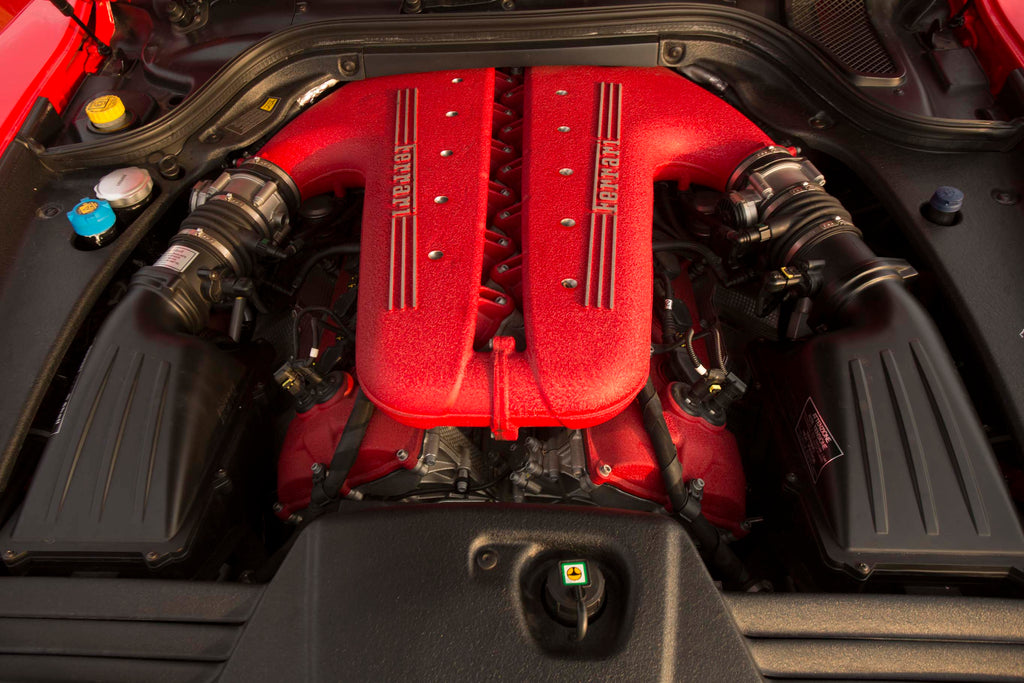
I open the 599 GTO’s bonnet just to marvel at the engine that I will experience in action the following day.
The 6.0-litre V12’s valve covers and inlet manifold wear the classic red-crinkle finish, and the famed GTO nomenclature is neatly engraved on a plaque near the front of the engine bay. It’s striking to realise how far back the V12 sits in the engine bay; are the last 2 cylinders nestled under the dashboard? Anoraks will point out that the Prancing Horse on the grille is silver, while the one on the rear of the car is black.
What the Ferrari 599 GTO is like to drive
The following morning, we are due to meet the owner of the Ferrari 599 GTO at a service station just before sunrise. As we wait, the tranquillity of dawn is suddenly shattered by the deep, sharp exhaust note of the evocative, limited-numbers car. We get the photoshoot done… and then I’m handed the red key.

Sinking into the driver’s seat of any V12-engined Ferrari is always a memorable occasion, but as my gaze drifts to the GTO badge on the passenger side of the dashboard, it strikes me that this Maranello-made machine belongs to a class far beyond most supercars – my hands suddenly trembling with anticipation.
There are further clues that the 599 GTO is no ordinary Ferrari. Its red line sits at 8 500 rpm, which is “a full” 100 rpm higher than that of its GTB sibling. There’s not a single carpet – only metal plates on the floor – and carbon fibre trim is used generously throughout. Features such as manually adjustable sports seats – just one of many weight-saving changes – contribute to a 100 kg reduction in kerb weight.
The driver’s seat holds me tightly, from my abdomen to my shoulders, yet its base remains surprisingly soft and supportive. The 4-point harness secures with a standard seatbelt clip.
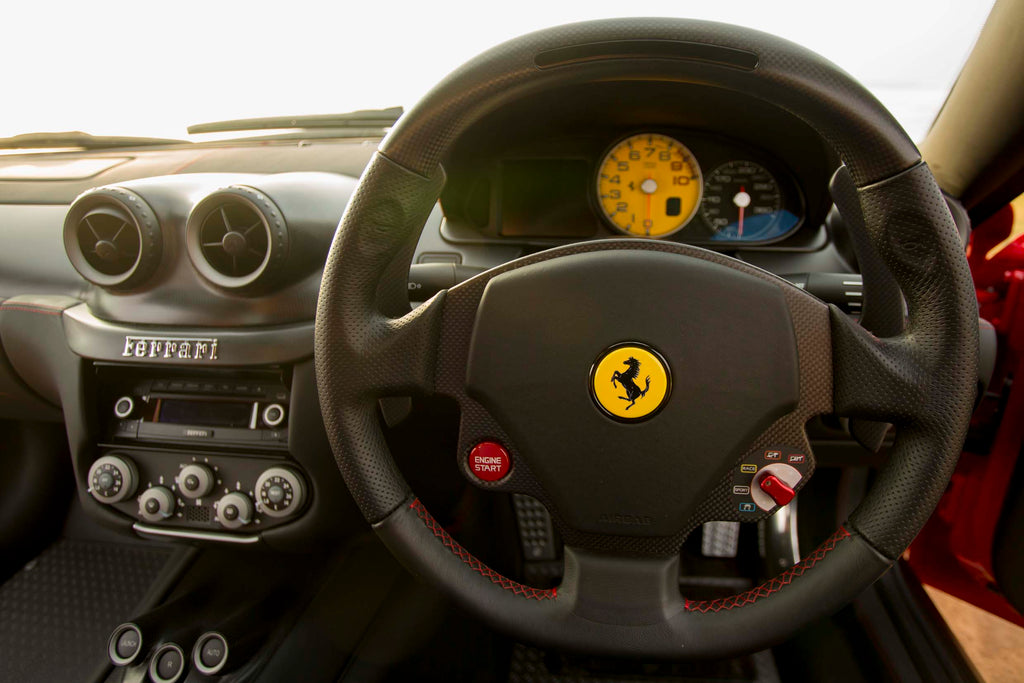
One could hardly forget they are sitting in a Ferrari, but if they did, reminders abound: Prancing Horses feature on the ‘wheel, air vents, rev counter, headrests, harness pads, and even the seatbelt clip itself.
The instrument cluster illuminates as I turn the key. With my foot on the brake, I pull both paddles to select neutral and press the enticing Engine Start button on the left-hand side of the wheel boss.
The 493 kW/620 Nm V12 fires instantly, with an urgent – but not raucous – bark, before settling into an idle that is a bit subdued yet charged with intent. A pull of the right paddle selects 1st gear, and I ease the Ferrari’s long nose onto the road, heading for a ribbon of tarmac threading through lush scenery.
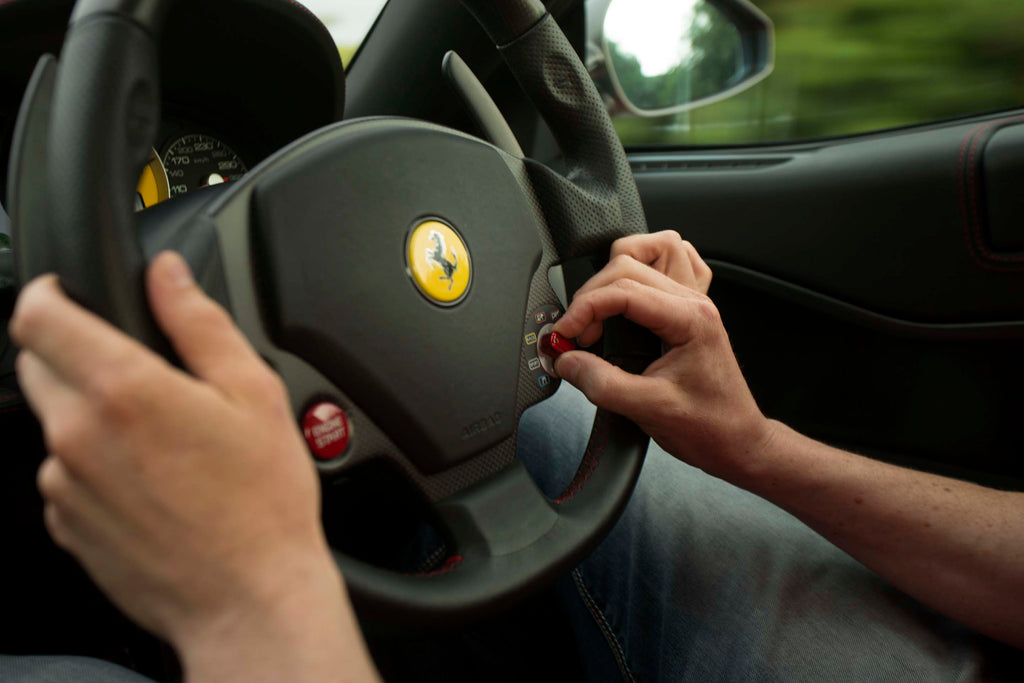
Having warmed up thoroughly during the photoshoot, the entire Ferrari 599 GTO is at optimal operating temperature. I know this because the Virtual Race Engineer (the digital display to the left of the rev counter) illuminates engine, brakes, and tyre readouts in green within an outline of the car. I am further prompted by a green-highlighted “Go,” signalling that the GTO is ready to be exploited to its fullest.
Remarkably pliant ride quality
Nevertheless, I short-shift up to 4th and am immediately struck by how tractable the car is at a gentle pace. Even with the manettino switch dialled to Race mode (with the magnetorheological dampers set up for dynamic handling), the ride remains remarkably pliant for such a focused machine. The 6-speed F1 gearbox, however, is not keen on being treated so delicately in its sharpest setting; it feels as though it’s impatient for me to spur on the V12 so that it can deliver those rapid gear changes that are its forte.
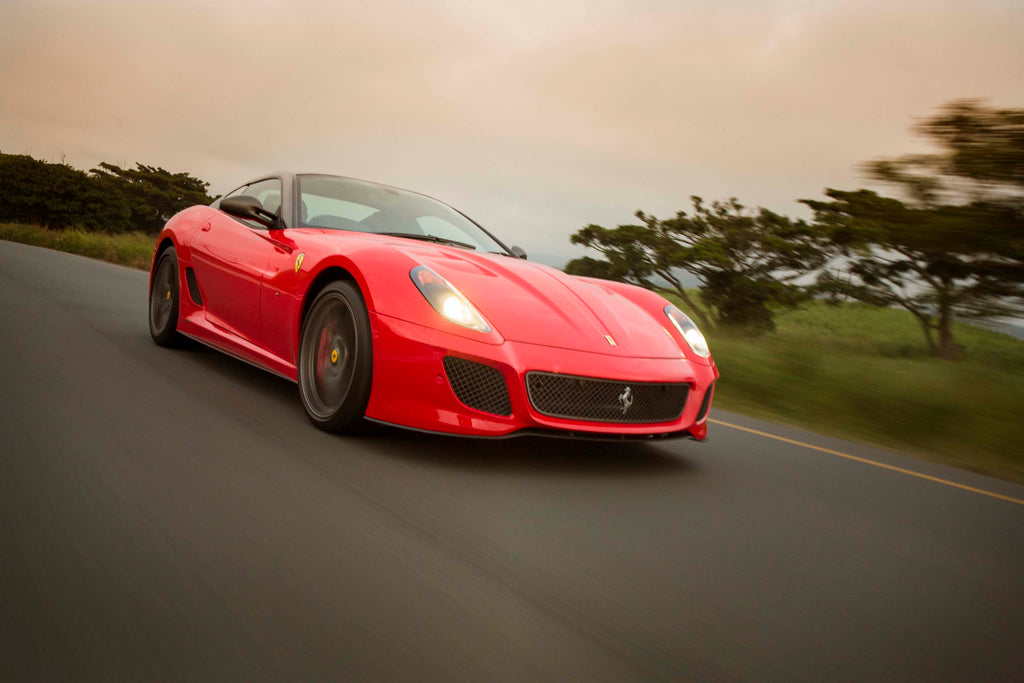
Now for the real test. I pull the 599 GTO’s left ‘shift paddle twice; the exhaust ends bark as the V12’s revs spike. Then, with 2nd gear engaged, I bury my right foot on the metal accelerator pedal. The needle erupts towards the red line, and the GTO lunges forward. At 6 000 rpm, the first upshift light flashes atop the steering wheel, followed by the full row of LEDs as the needle soars well past 8 000 rpm.
I pull the right paddle (to upshift), wait for the LEDs to fill again, then pull it once more. Each flat-out upshift delivers a solid thump; the V12 howls, the acceleration becomes relentless – a vivid, unfiltered rush that ranks amongst the most visceral driving experiences I have ever had.
In an era in which turbochargers have become a fixture in almost every supercar, the 599 GTO’s instant throttle response and direct link between pedal and piston is a revelation. If you appreciate the nuances of driving, this is pure, normally aspirated magic.
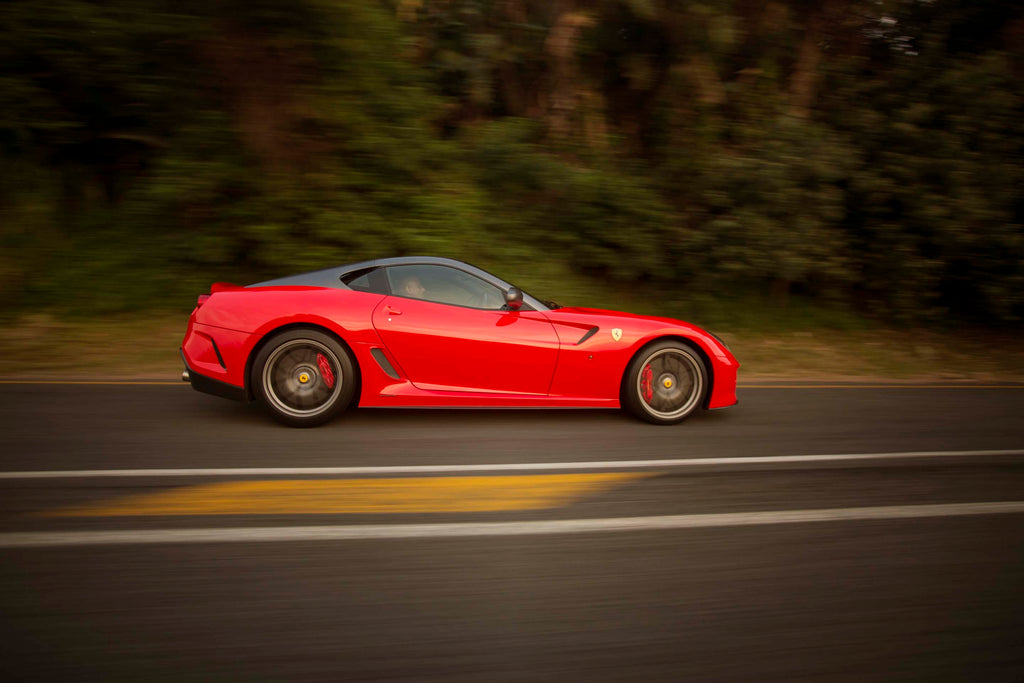
This quality is also apparent on the overrun. I’ve never encountered a Ferrari with such pronounced engine braking – it feels as though the 599 GTO reacts as quickly as I can process thought, fostering an extraordinarily intimate, almost telepathic, connection between car and driver.
As the road twists through the countryside, I can begin to appreciate the 599 GTO’s wider dynamic repertoire. Steering weight is perfectly judged – not too heavy, not too light – while feel through the ‘wheel is exceptional. The rack is quick, the Ferrari responds crisply to each input, and the massive carbon-ceramic brakes go about their business with authority, but they’re easy to modulate.
Scrubbing off speed is as simple as leaning on the left pedal, which delivers communicative feedback. The Ferrari feels far less imposing from the inside than I expected. Outward visibility is excellent, with only part of the bonnet visible from the driver’s seat (because it plunges sharply towards the bumper).
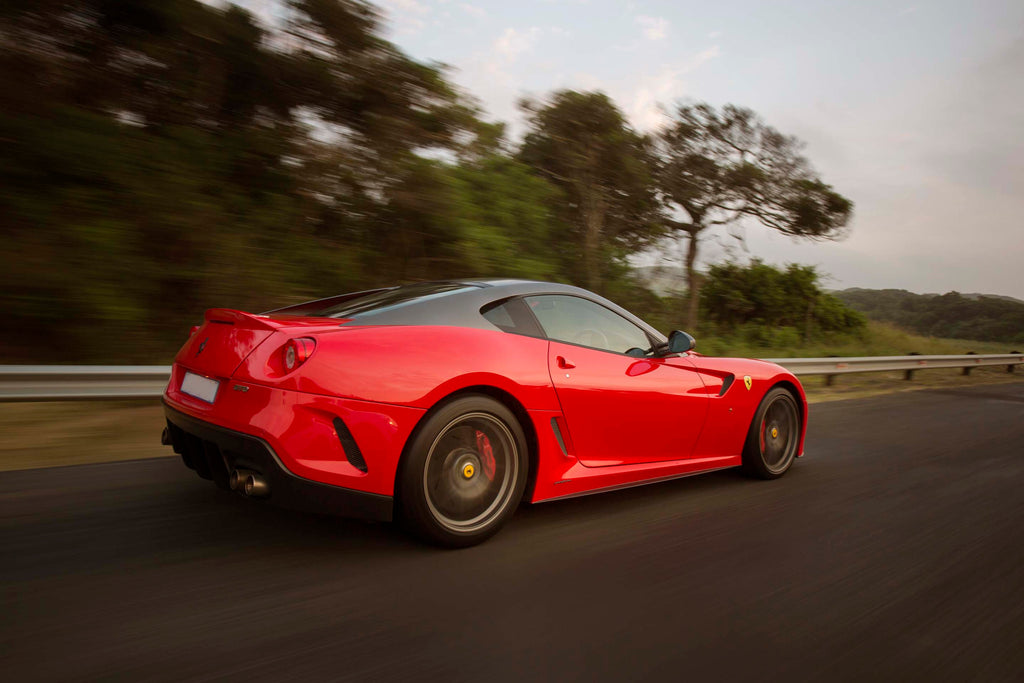
Compared to something like the Mercedes-Benz SLS AMG, with its vast bonnet and blunt nose, the GTO seems compact, even if it’s larger and feels more substantial on the road than mid-engined V8 Ferraris.
Before my time with the Ferrari concludes, I indulge in a few more full-bore runs, amazed by how eagerly this 6.0-litre V12 rips through its rev range. Judging by the reactions it elicits, the 599 GTO’s exhaust note seems to be as much a treat for passers-by as for those lucky enough to sit inside the Ferrari.
The 599 GTO might be a decade and a half old, yet somehow it feels as fresh as if it were launched just a couple of years ago. At no point do I sense any specific shortcoming, though if pressed, I would criticise the relatively clunky transmission. While it’s capable of upshifts in as little as 60 milliseconds, the single-clutch F1 ’box cannot match the shift speeds and smoothness of modern dual-clutch transmissions.
Nevertheless, from behind the wheel, it is wholly in keeping with the 599 GTO’s character.
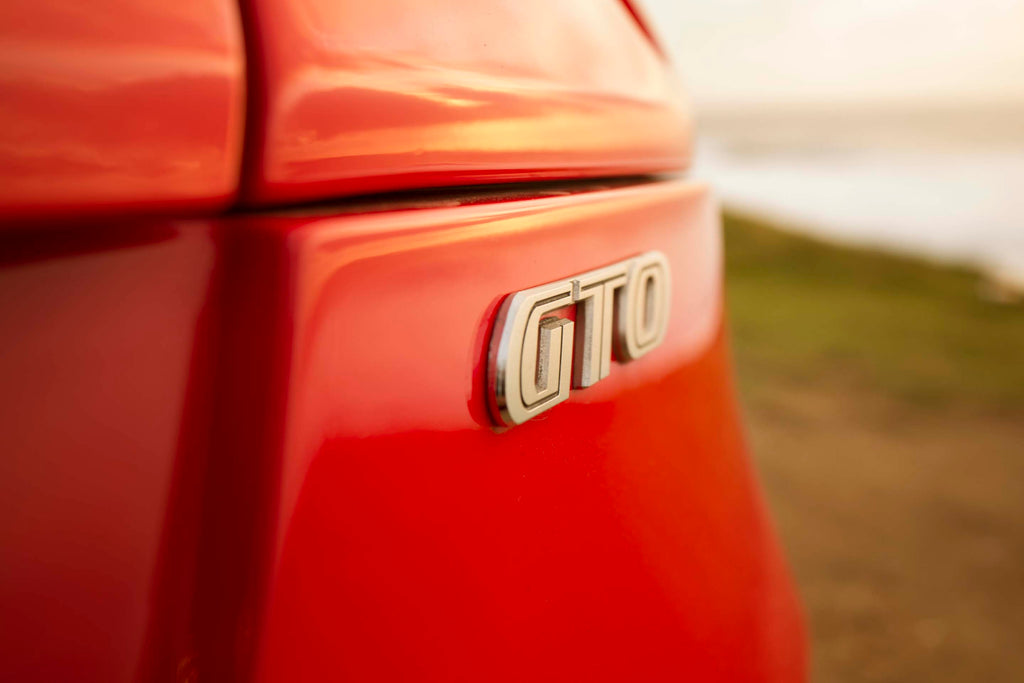
While conducting some research after my drive, I came across an interview with then Ferrari chairman Luca di Montezemolo, who noted the 599 GTO was quicker around both Mugello (and Fiorano, for that matter) than an Enzo. At launch, this version of the 599 was Ferrari’s fastest and most powerful car.
Summary
The GTO is as rare as it is coveted, and even today, it remains a devastatingly quick car. Upon launch, all 599 units were allocated to hand-picked Ferrari clients before the car had even been unveiled publicly.
Although the 599 GTO was significantly more expensive than its 599 GTB (Fiorano) sibling in 2010, those who were lucky enough to purchase one will have made an excellent investment: today (July 2025), the going rate for a Ferrari 599 GTO can range from R13 million to R16 million, depending on condition.
Despite these values, the owner of this particular Ferrari 599 GTO hasn’t locked it away as a museum piece. He’s undertaken several long-haul journeys, including a 1 000 km round trip to Johannesburg. He admits each outing is treated as a special occasion – and, in his position, I would do exactly the same.
Find a classic Ferrari listed for sale on Cars.co.za
Related content:
Ferrari 550 Barchetta vs 812 GTS: Classic Comparison
Driving an ultra-rare Ferrari 575M in South Africa
Ferrari 458 Speciale vs 488 Pista: Classic Comparison
Ferrari F12tdf vs 365 GTB/4 Daytona: Classic Comparison
Ferrari 348 vs Honda NSX: Classic Comparison
Ferrari F355 Challenge: Classic Drive
Ferrari 400 vs 456M GT vs 612 Scaglietti: Classic Comparison

